|
My house backs on to a large sports park that slopes down to the road below. The large area between the road and the playing field is wildlands. Lots of rubbish. Lots of pest plants. Some natives. Just through my back gate are several pine trees from which I gather cones and firewood. Natives coming through As for native plants, are self seeded pseudopanax, Coprosma robusta and repens, renga renga (probably from nearby gardens). The baddies Of course there are way more pest plants than natives. I pull out the small ones, if they're too big I break the tops off so they don't seed or spread seed as far. The menu comprises bear's breeches/Acanthus mollis, German ivy ( I saw only one plant), ivy, prunus, cotoneaster, broom/Cytisus scoparius and some Norfolk Island pines. Weedbusters has info on how to control pest pants. Mulch
Such a pity I can't use the abundant pine needles for mulch or compost in my garden. There's tradescantia and many other weeds among them and I daren't risk them taking a liking to my garden. While I'm scrambling around, I lay branches horizontally between trees to create a bit of a shelf. Over time, this reduces soil and water running down the hill and creates a shelf for seeds to settle and grow.
7 Comments
First day beating the feet during the rahui to save lives and eliminate Covid-19. I explored part of Sinclair Park, discovering natives and exotic weeds mixed together. And a lovely wildness in the margins. Some of the natives Hover over the photo for more information. Some of the pest plants I spotted are below. Life in the margins
A small garden in a sunny spot that we keep looking its best by propagating and letting desired plants self-seed making it very cost-effective. See the progress below. Hover over photos for information. Here's the garden in spring 2019. 22 November 2018 What a joy to add more to this sunny garden. See previous photos in our Facebook gallery. The album below is from October 2017, just after we started gardening here. You can see how much the plants have grown in the photos above.
When I bought this house in April 2016, there was grass, grass and more grass (not even lush green grass), along with a few ornamental plants. Even the soil was lifeless - not a worm in sight. The ornamentals had to go - they had no real purpose. I like plants to have at least two reasons for existing. Reasons such as': attractive, edible, attract native wildlife, scent, unusual seeds, attract beneficial insects, add nutrients to soil, NZ native - especially those that are local to the area and are now rare. Since then, I've planted fast growing natives by the fences and areas of wild flowers or smaller native areas to create interest, give privacy and shelter. Front garden These photos show how I'm working with nature to add interest and improve the environment for wildlife. Hover over each photo for the story. Back garden
The back garden had a raised bed, a dead lawn, and some straggly pittosporums. Photos show how adding plants over time has added colour, life, diversity and more. A very large house with a small garden area, embedded on a densely housed hill in CBD.
The first job was to see what was involved in refreshing the garden area. We took photos of the various areas, cleared the weeds, pruned the very old rose right back and created a large compost pile. Hover over the photos for explanations. This almost coastal property wants low maintenance plants that keep the weeds down. There are a surprising number of options. We chose small plants so they get established easily. Green akeake, red matipou, muhlenbeckia astonii, manuka, coprosma proquina, astelia banksii small silver spear. Hover over the photos for captions. We've done most of the weeding. Next step is to select plants and get them in.
This Southgate property has a large bush area where weeds had taken over and karaka had become the dominant species, considerably reducing diversity. Although karaka is a NZ native, it isn't native to Wellington and takes over from our local plants. Te Motu Kairangi explains more. We are gradually managing the herbaceous weeds. With the karaka, we are hand pulling the seedlings and chopping down larger plants then Stump Stopping the cut. This seems to be working though karaka does re-sprout from below the cut, so we have to be more persistent than the karaka. We're careful not to take out too many larger trees at once as the area is on a bank and we don't want to disturb the terrain more than necessary. Assessing the bush area Aug 2018 Hover over the images to learn about our first visit to this bush area. Starting work First task was to dig some rough steps for safe access and to start dealing to the weeds (tradescantia, convolvulus, galinsoga, bay tree, with old man's beard and German ivy on the fringes). Continuing our mahi October/November/December 2018. Hover for explanations Summer 2019
Already we've noticed more birds (types and numbers), seen dragonflies and more native seedlings popping up. Now we've made space, let the light in, and it's planting time, we're hoping to plant some Wellington natives, ideally those that are getting rare in the wild. This will add to the wider ecosystem and increase diversity in this little piece of bush. A large varied garden in Island Bay Wellington with NZ natives, fruit trees, veges, ornamentals and more. See earlier photos in the Facebook gallery
Kiwis have their preferences regarding planting native plants in their gardens. Some are from the staunch eco-sourced natives only brigade, while others prefer formal gardens with exotic plantings.
Abbie's blog talks about why they refer diversity at Tikorangi Gardens. No limit of ten plant types for them - and I heartily agree. Biodiversity is where it's at! This property has some newly established native plants. We maintain and care for the garden. There are more photos in the Facebook gallery.
An absolutely stunning garden, awarded the status of Garden of International Significance. Read more on Te Kainga Marire's website. |
Categories
All
Archives
January 2024
|

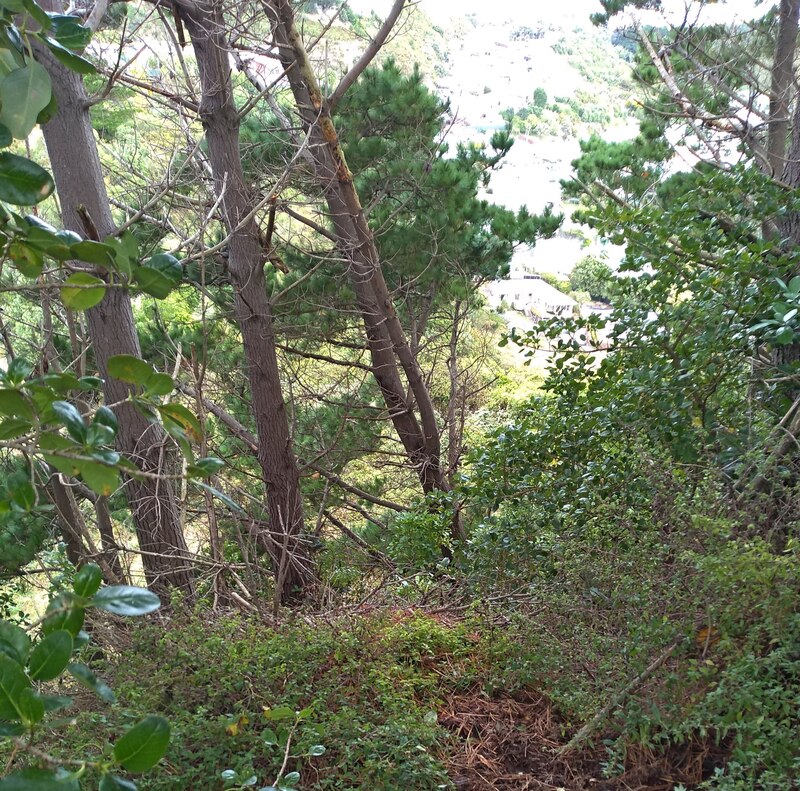
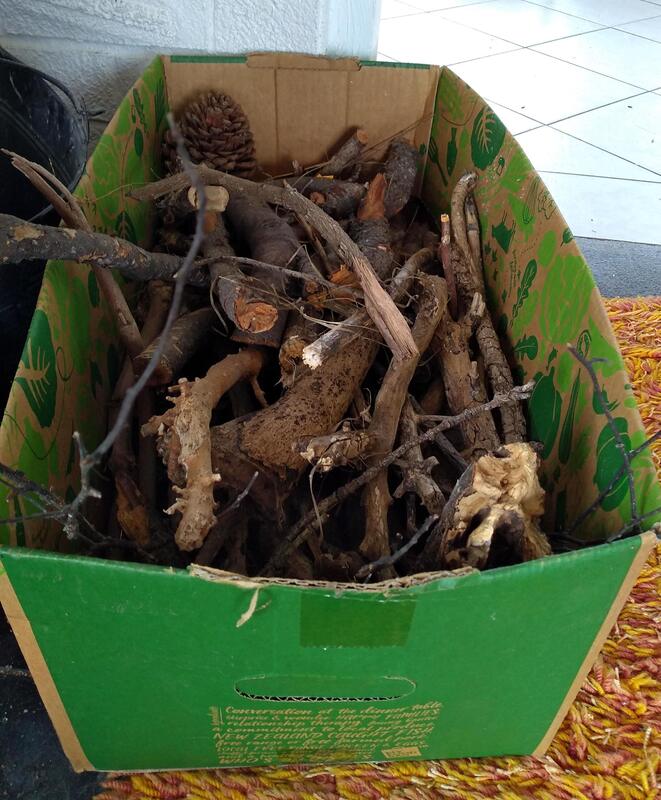
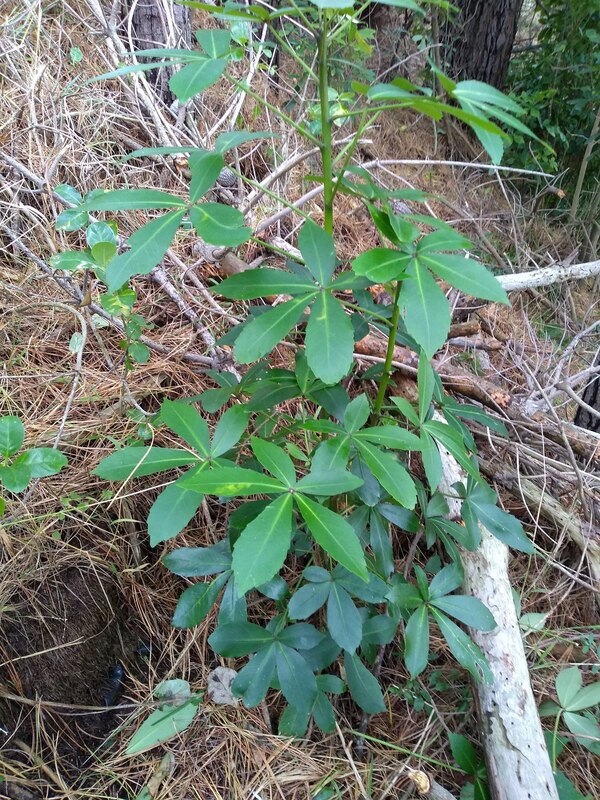

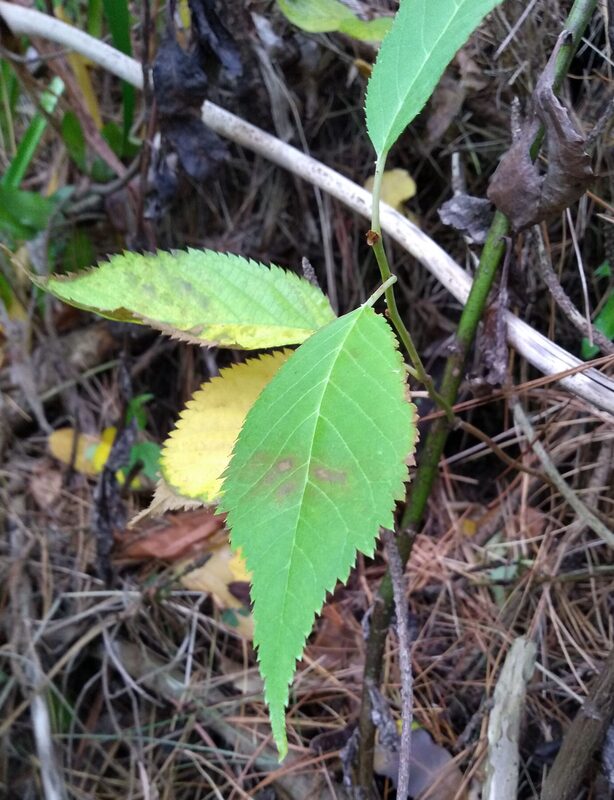
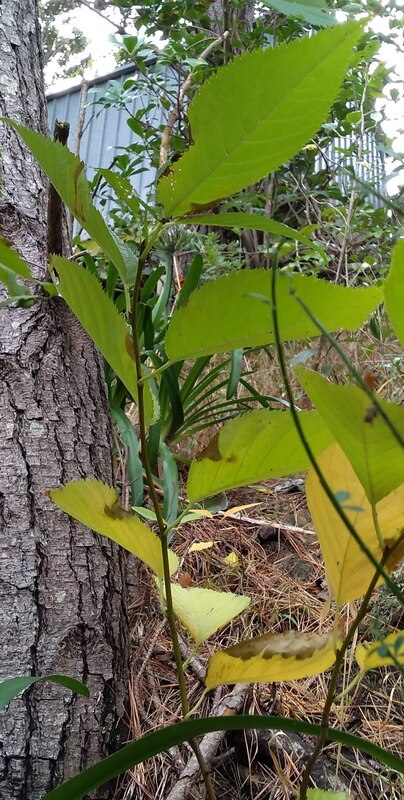
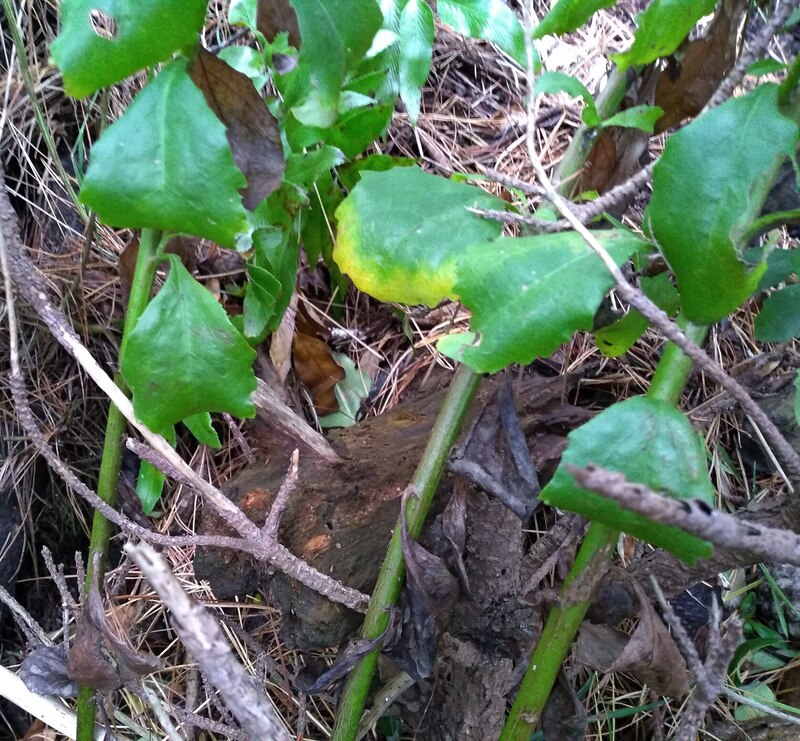
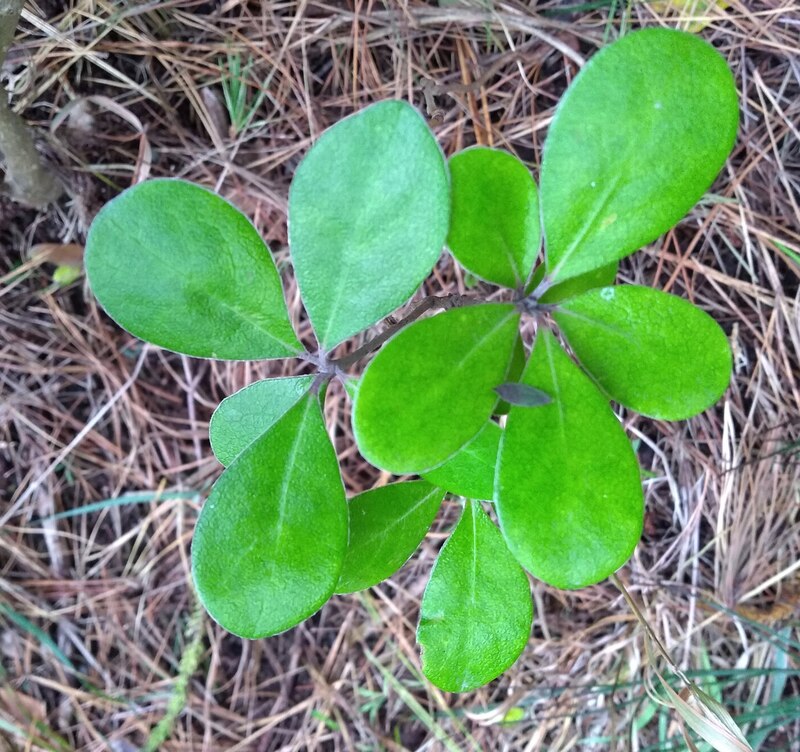
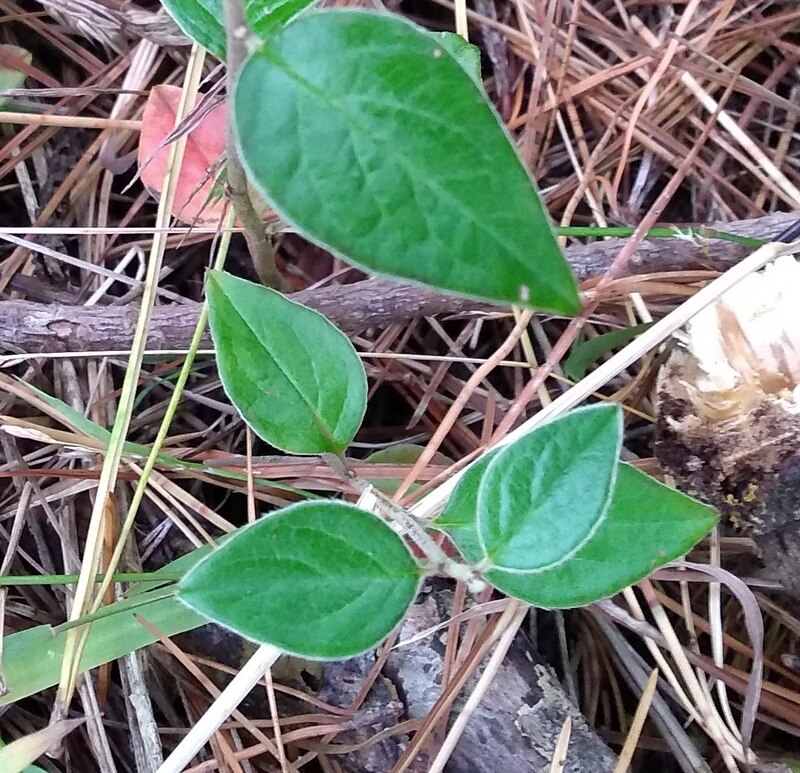
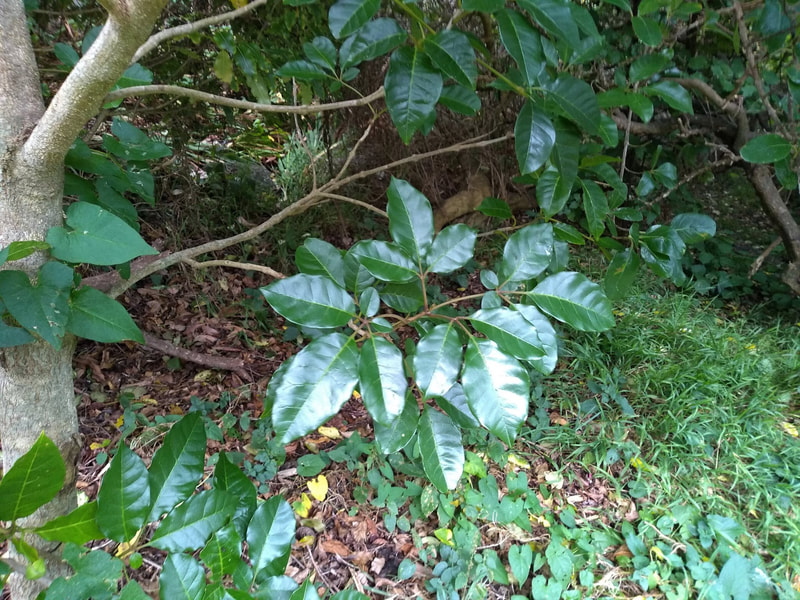
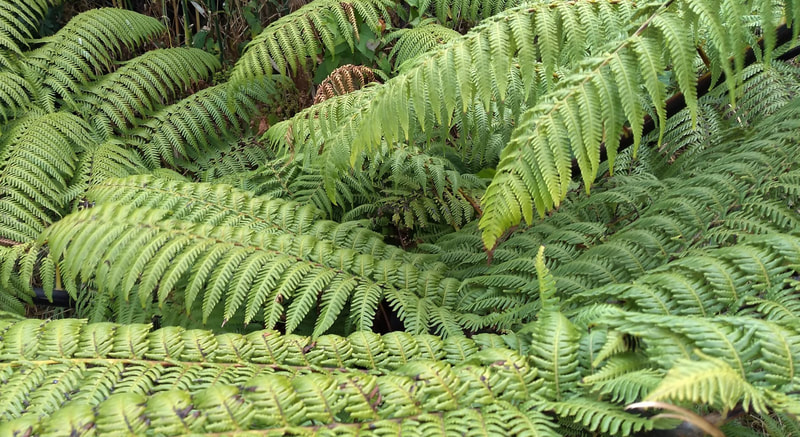
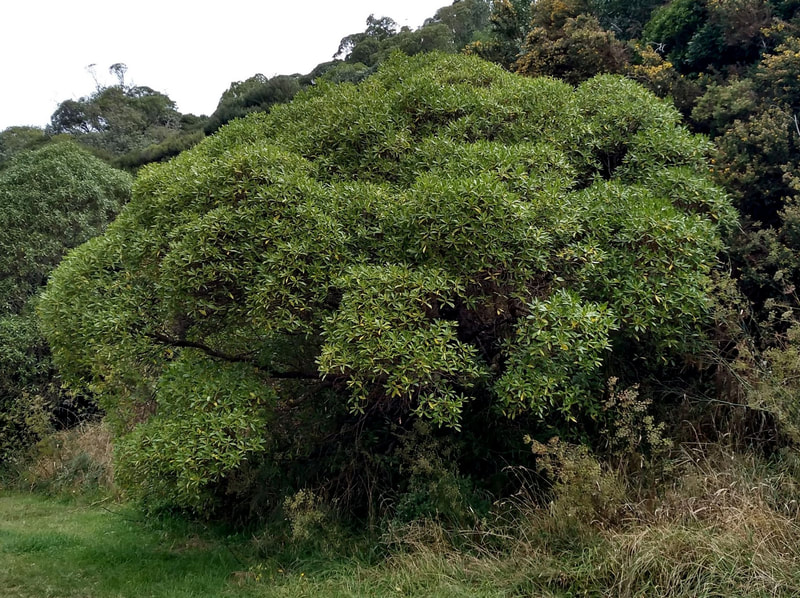
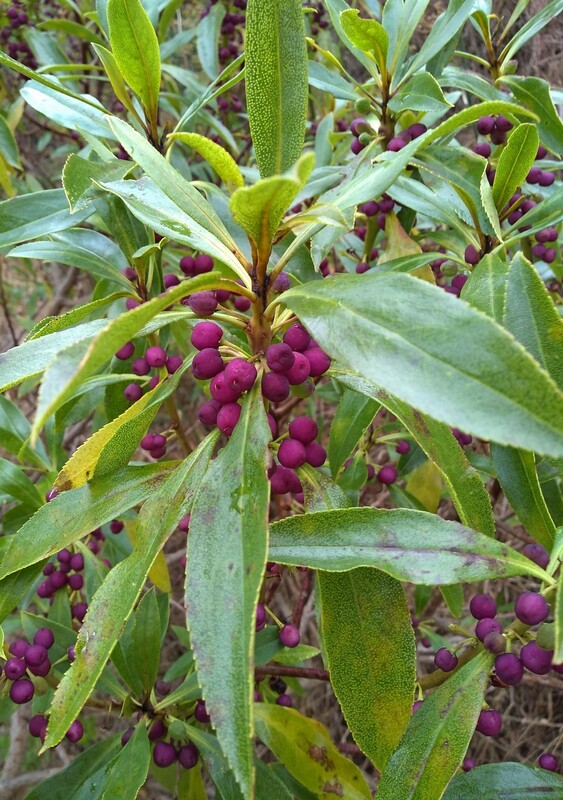
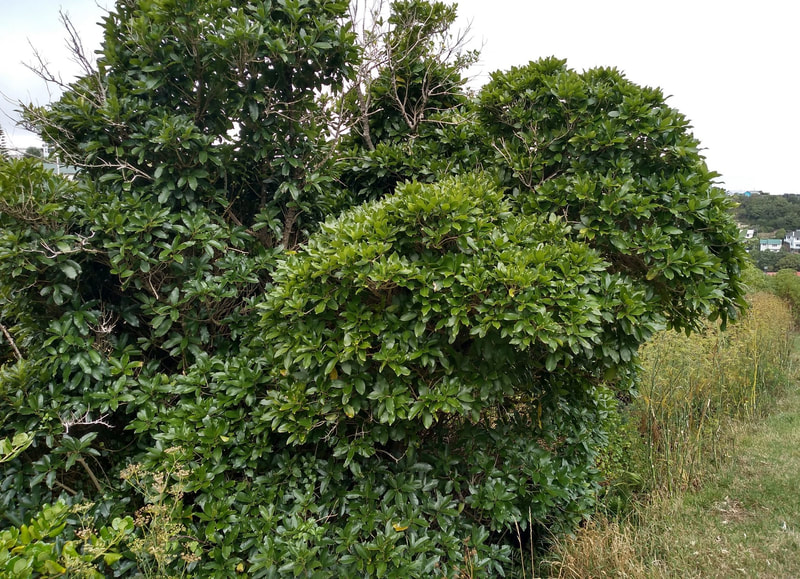
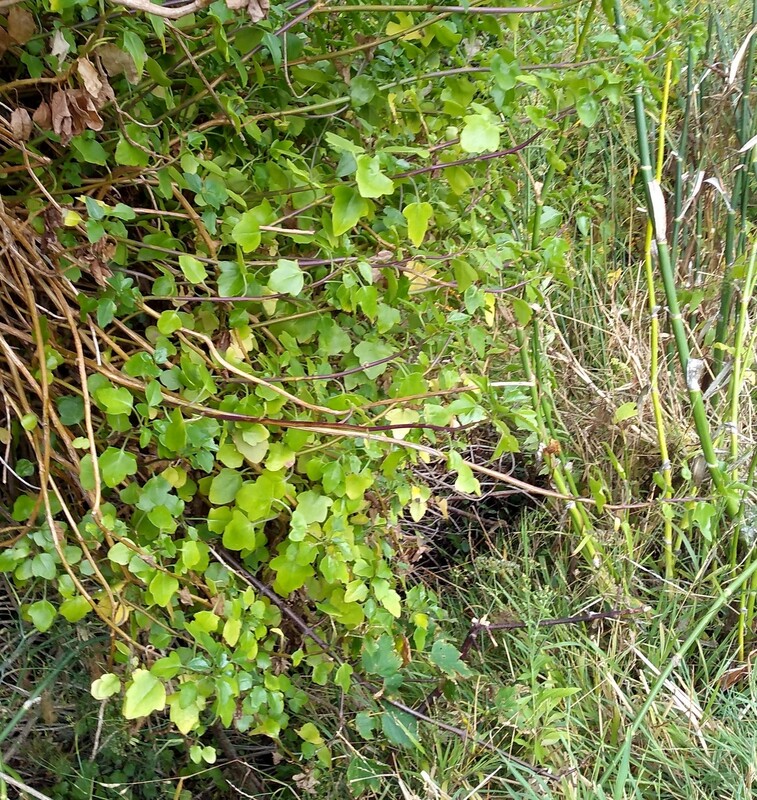
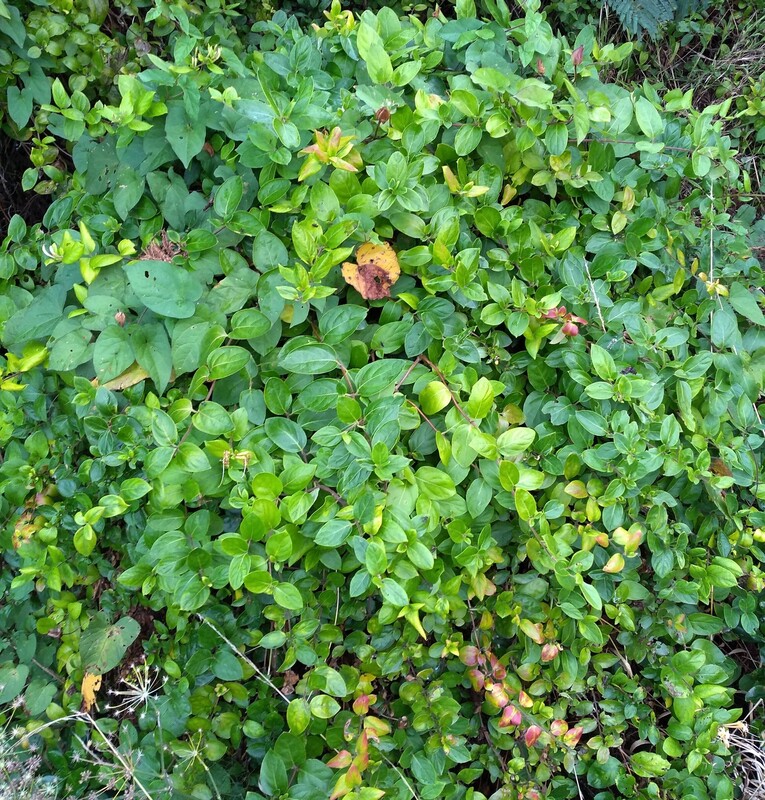
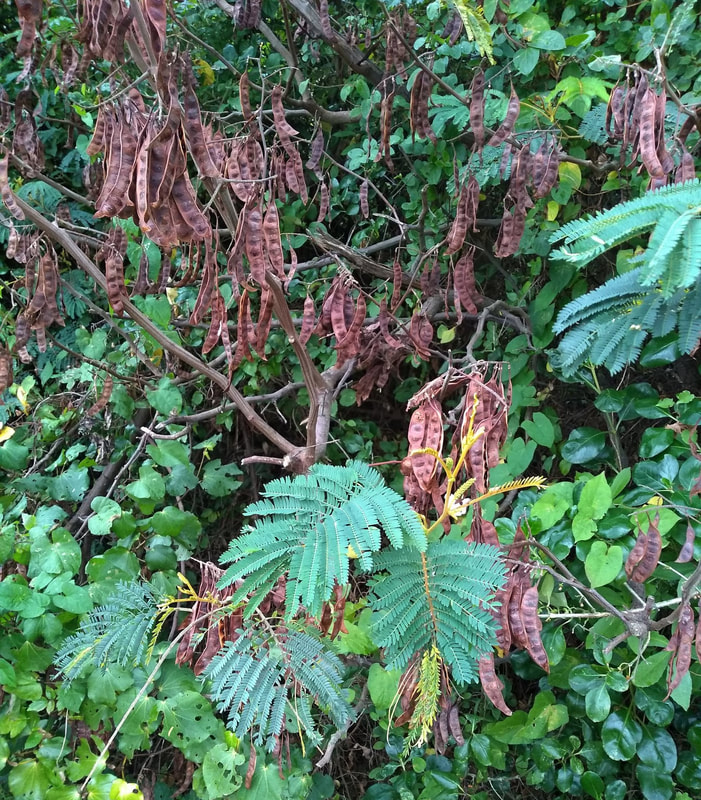
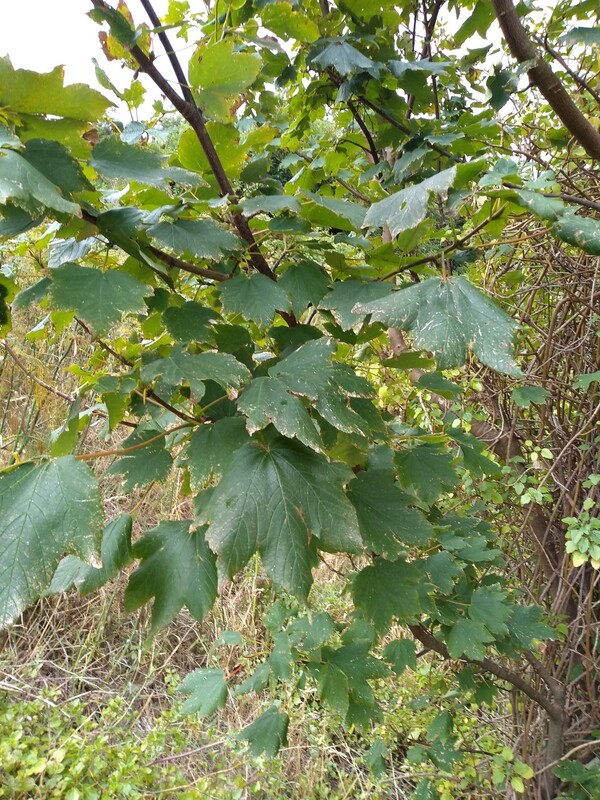
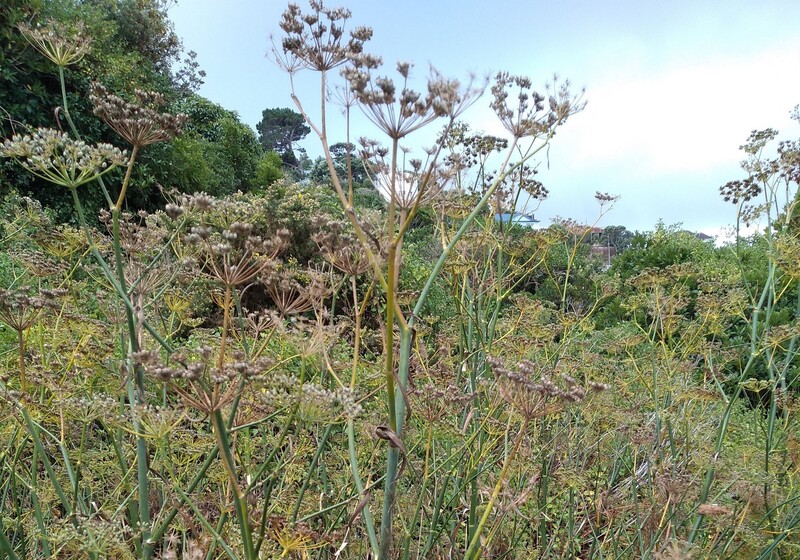
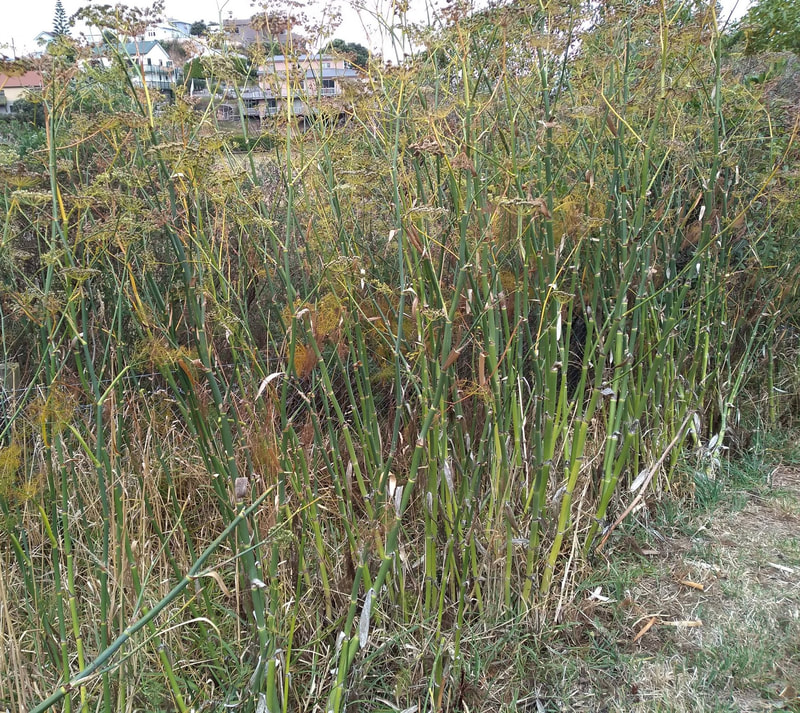
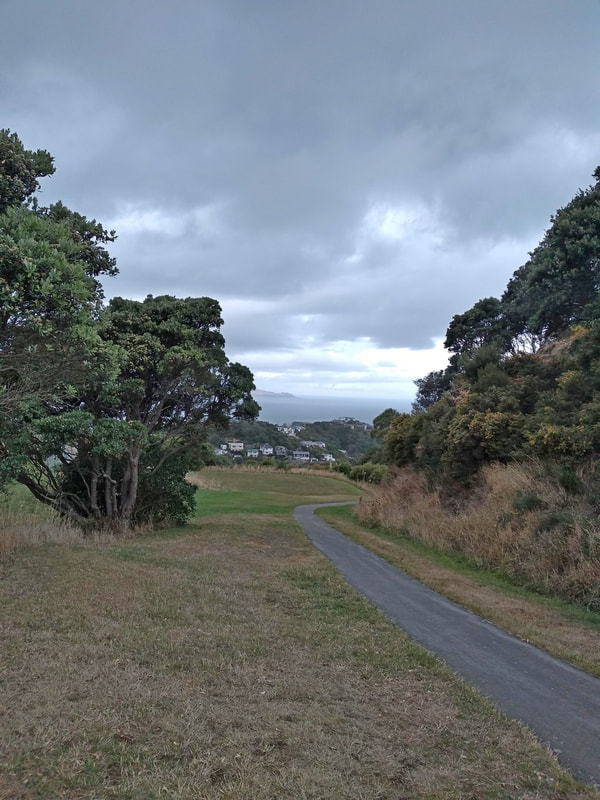
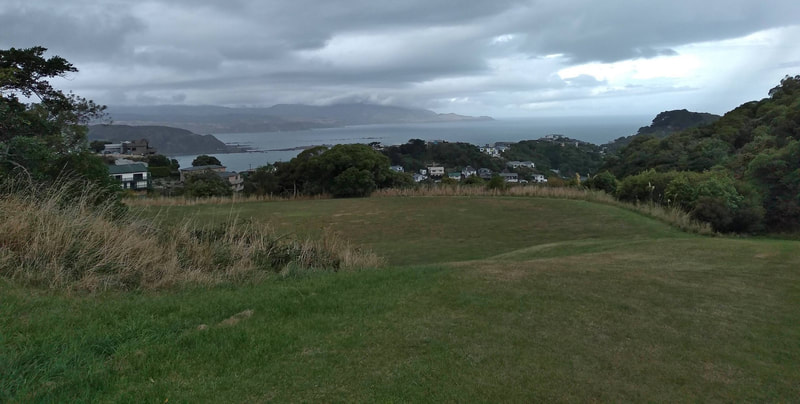
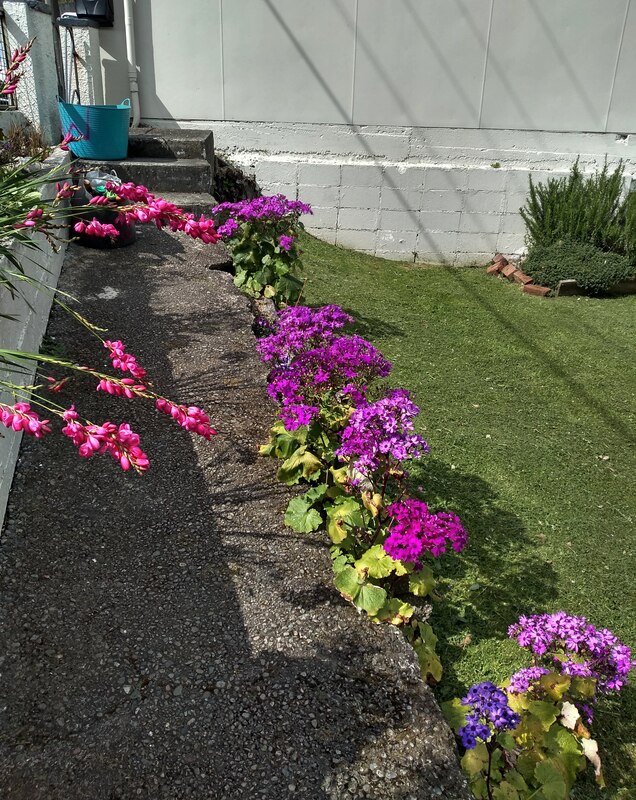
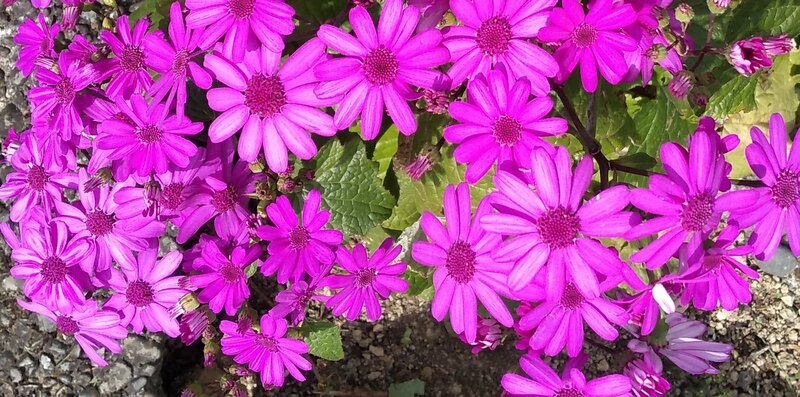
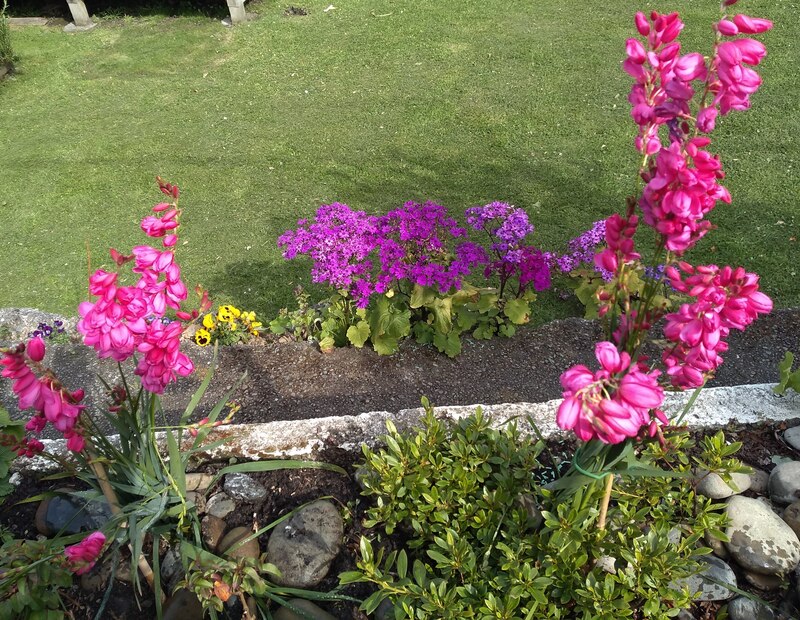
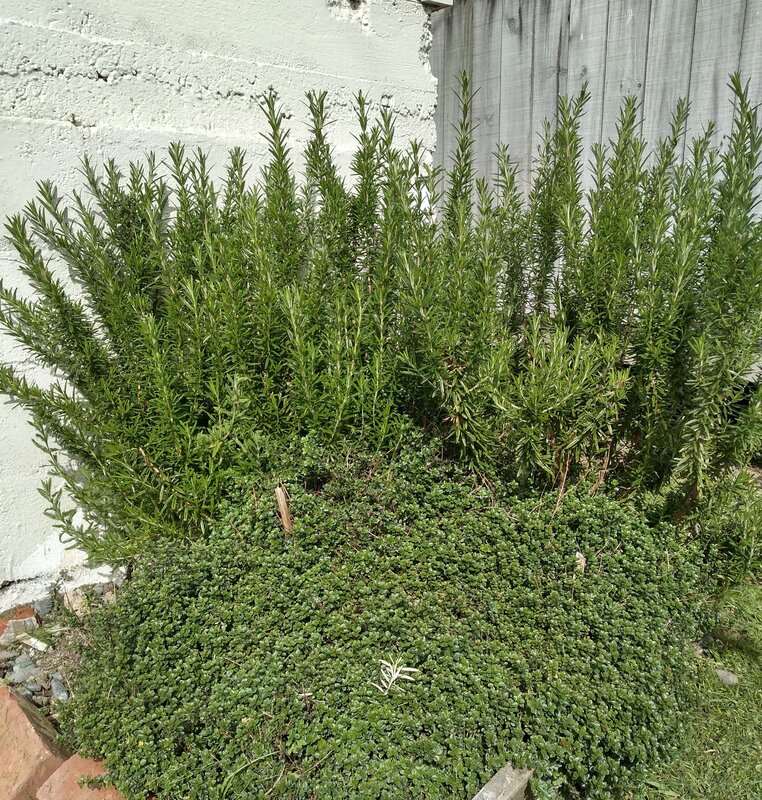
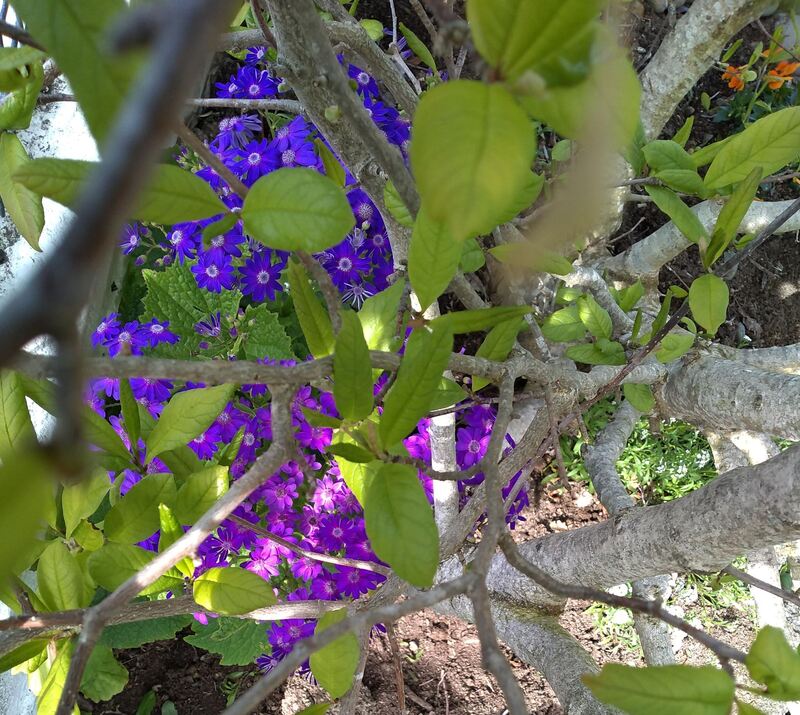
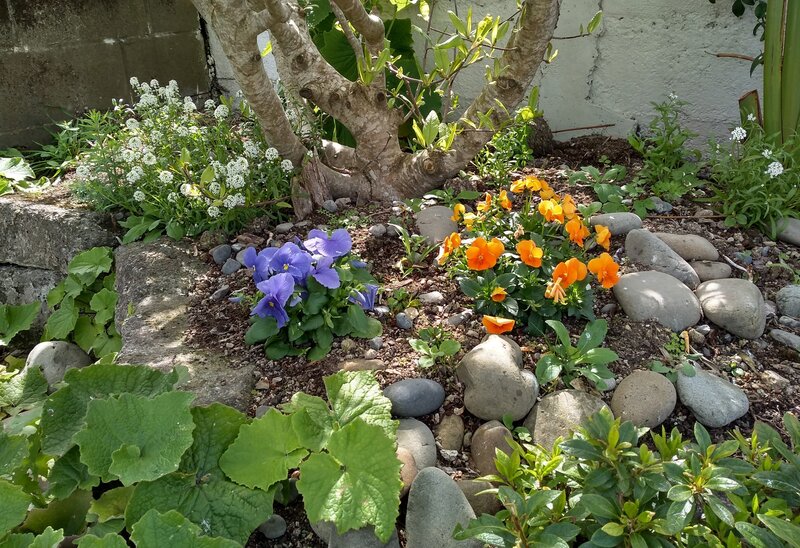
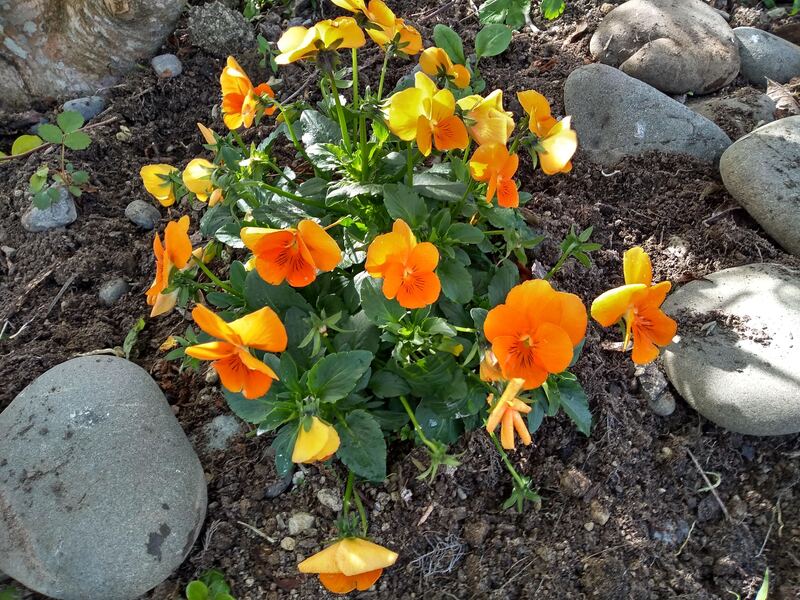
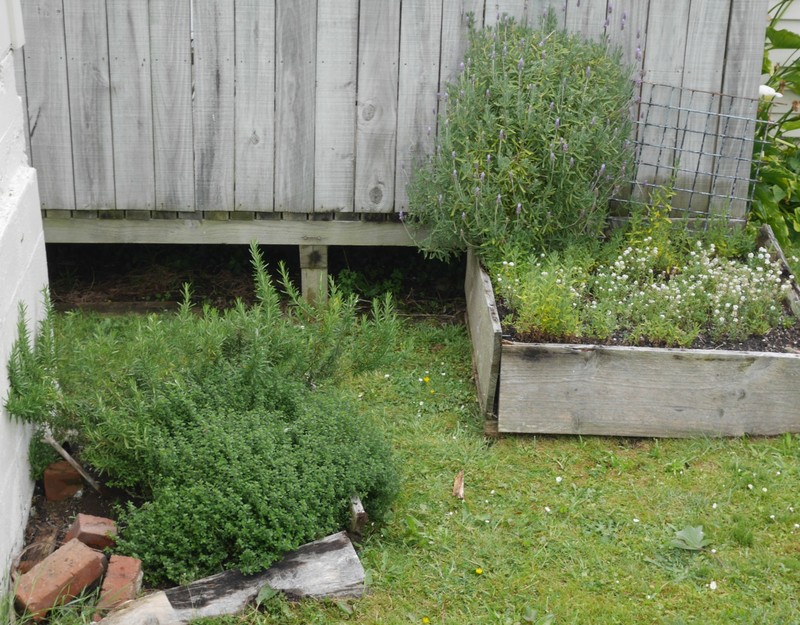
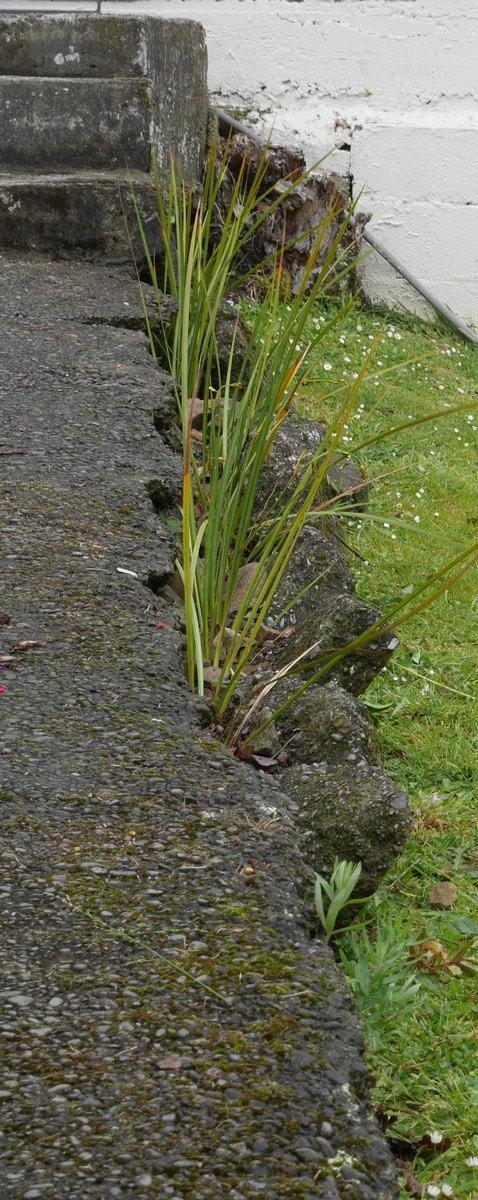
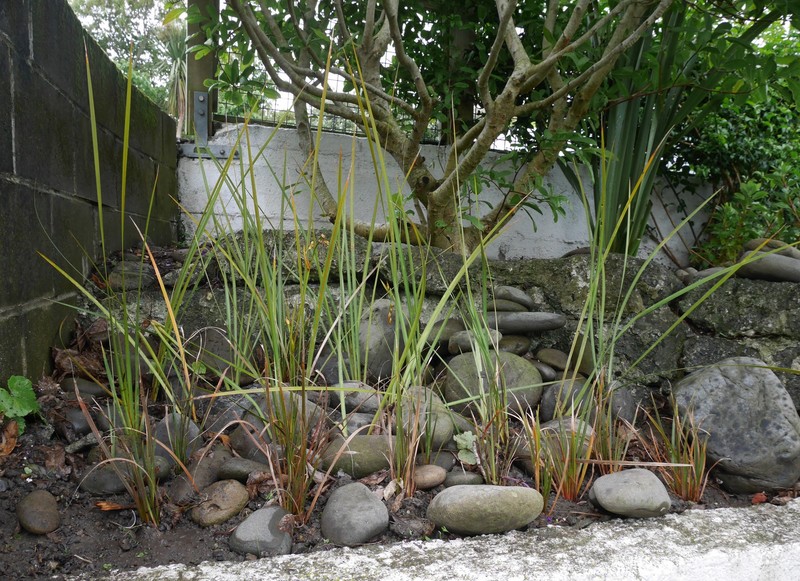
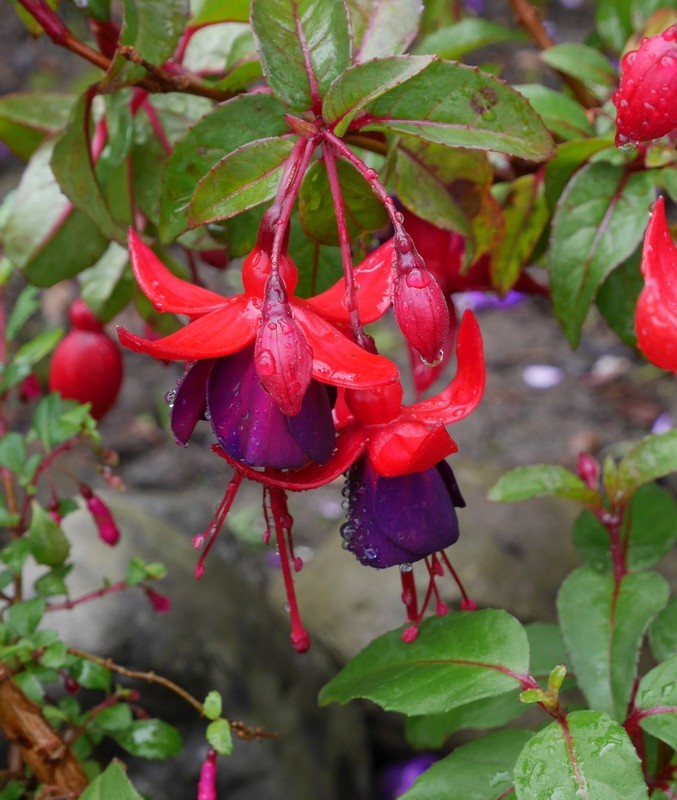
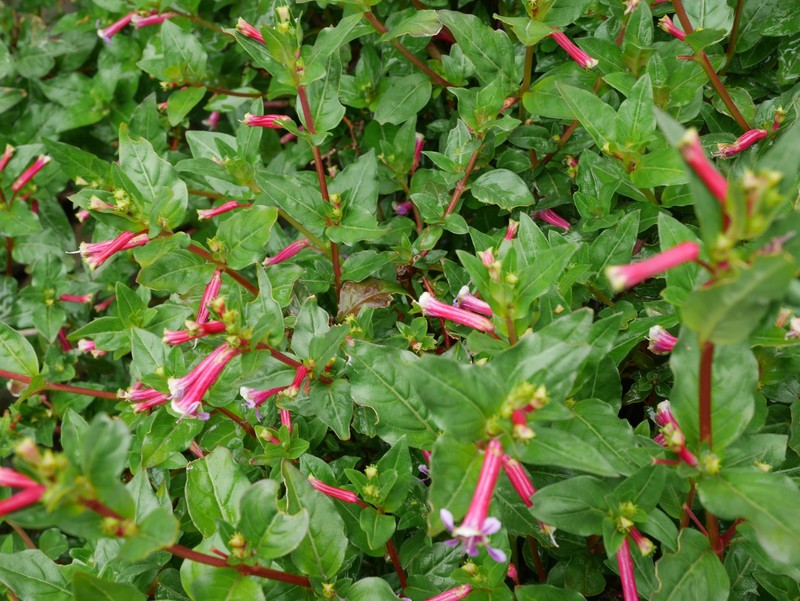
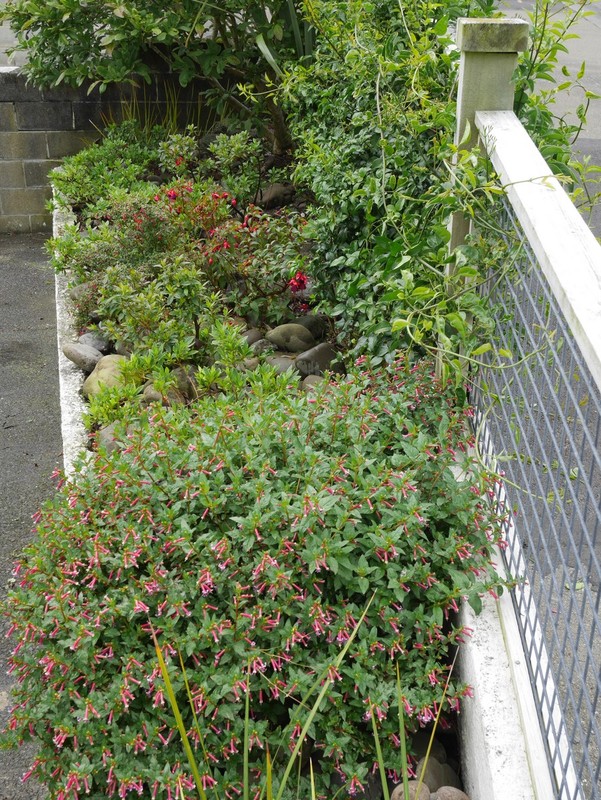

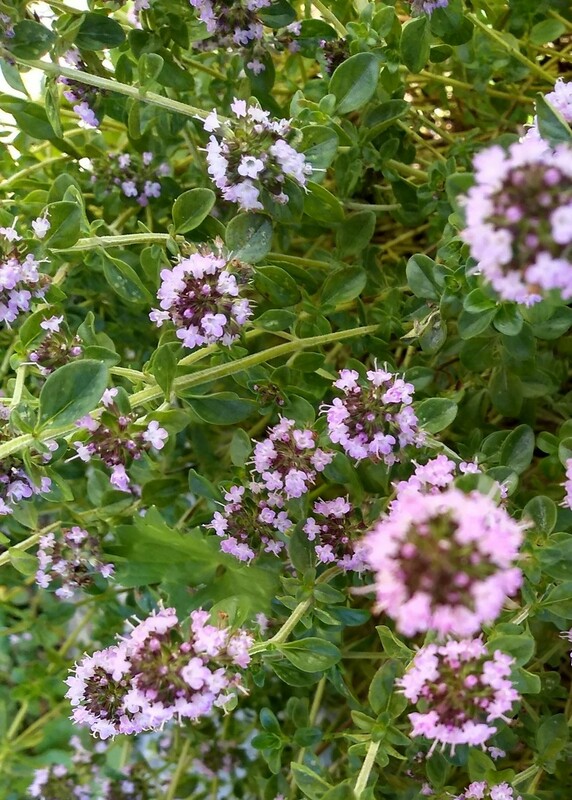
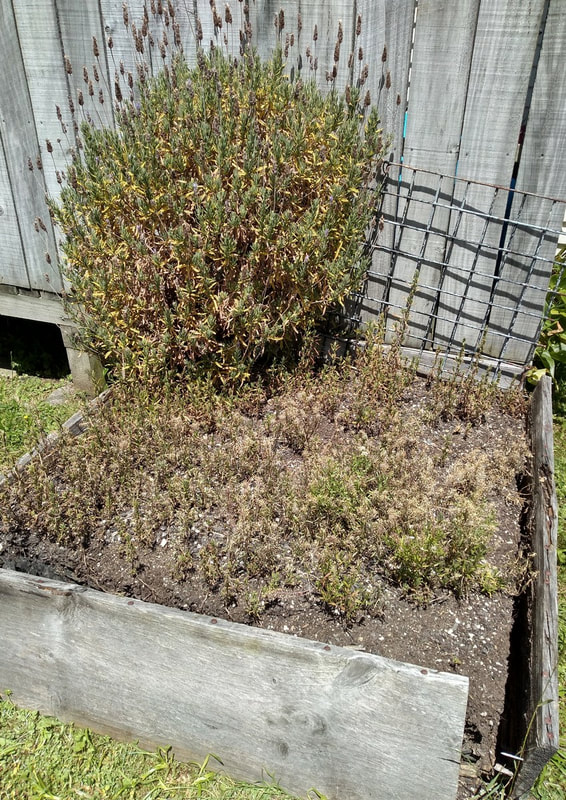

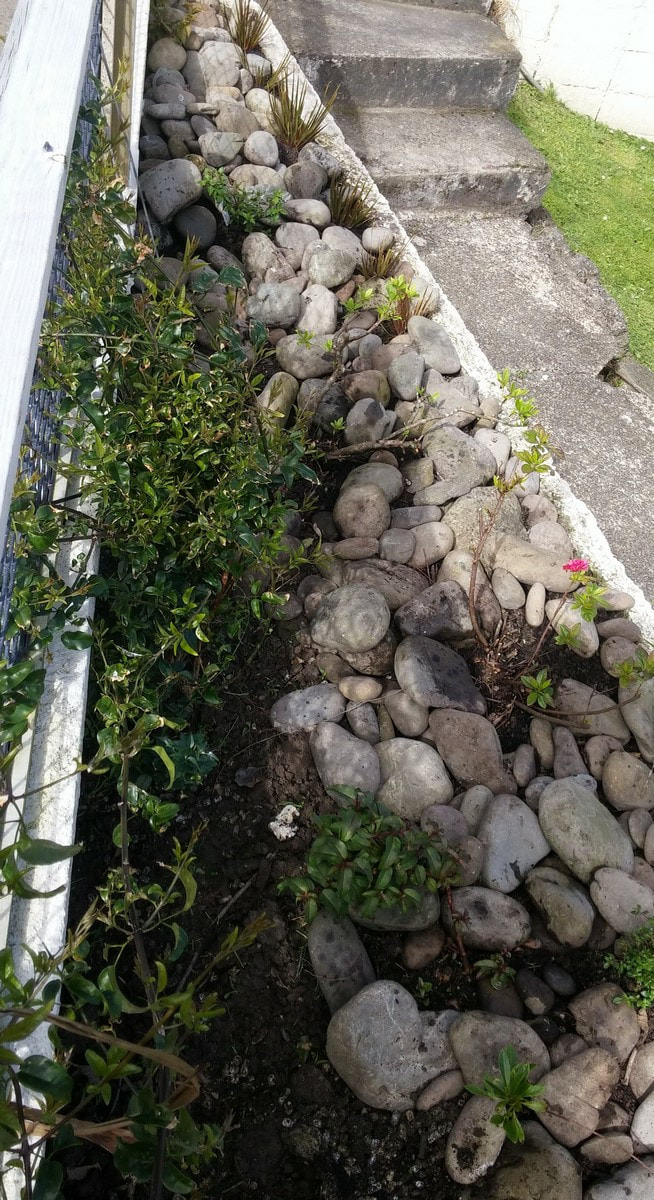
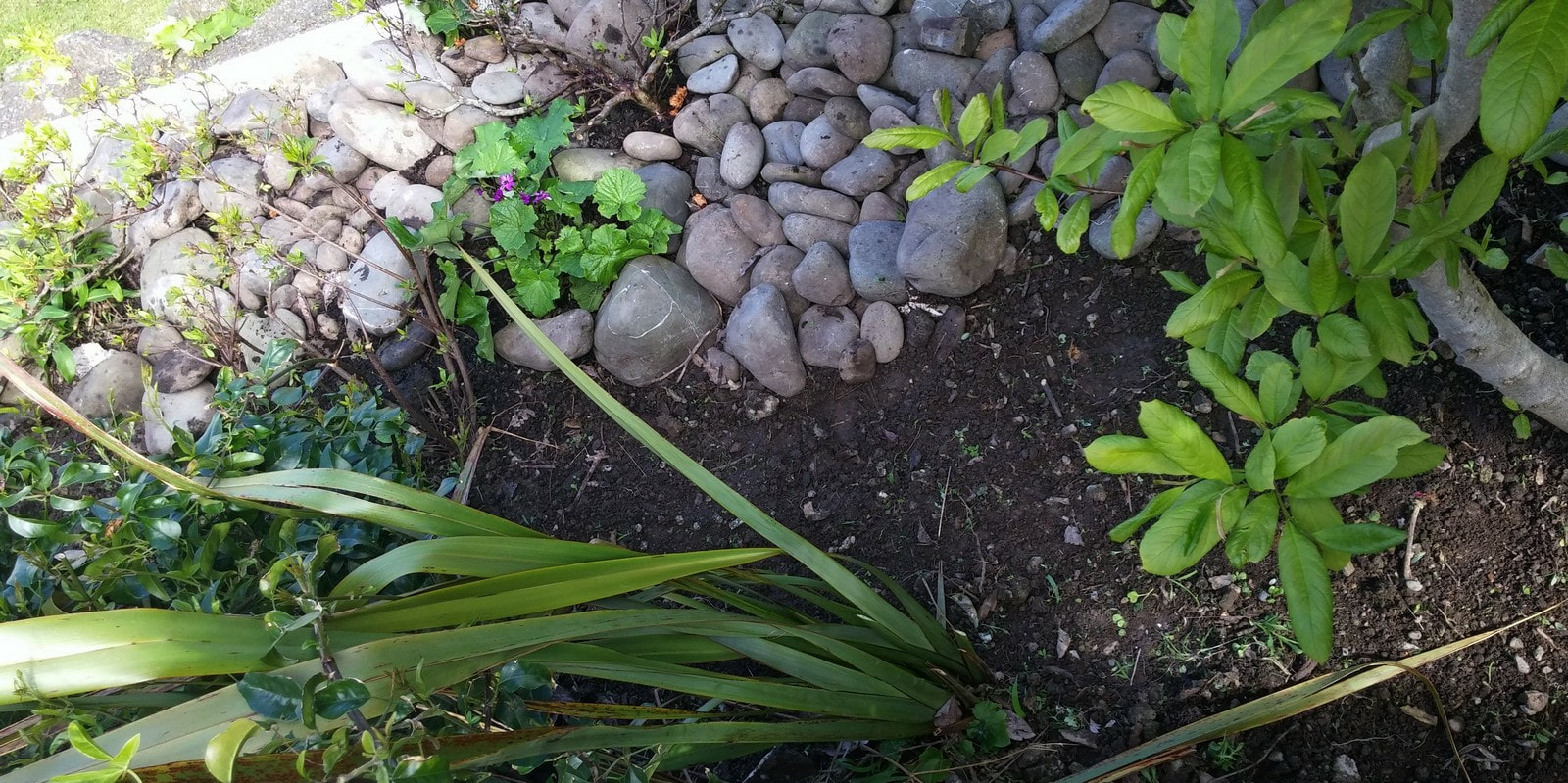
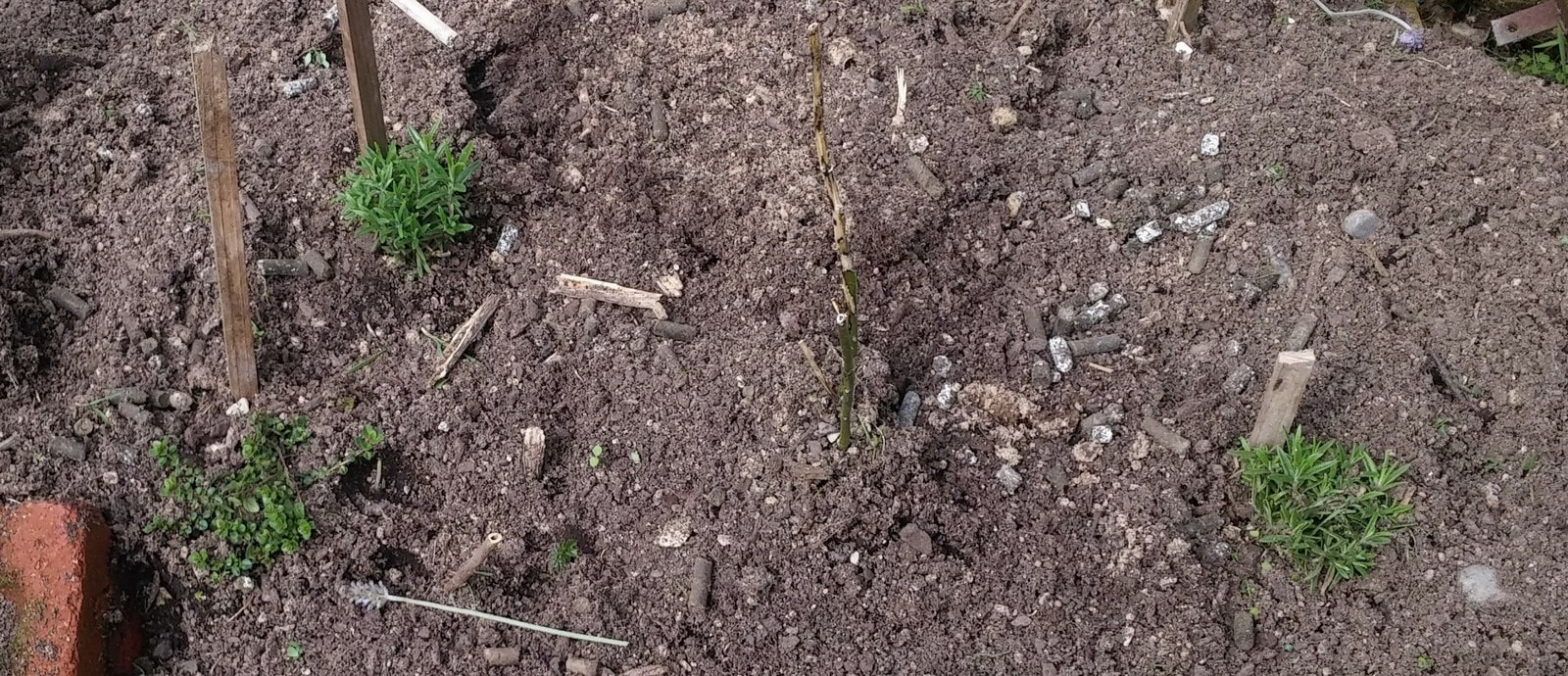
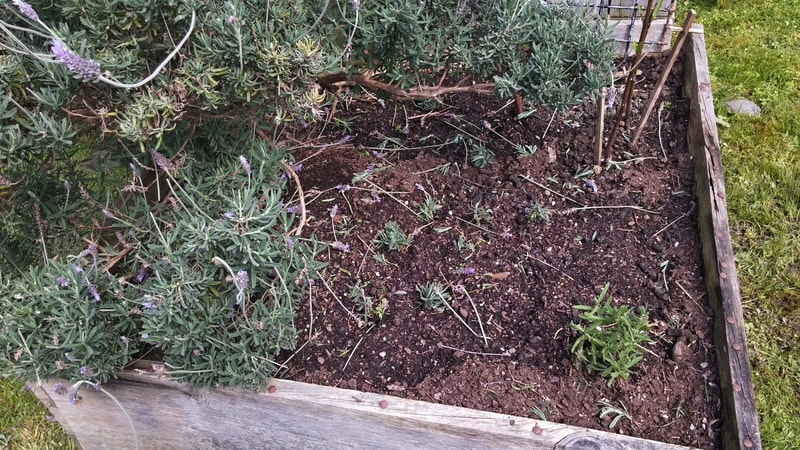
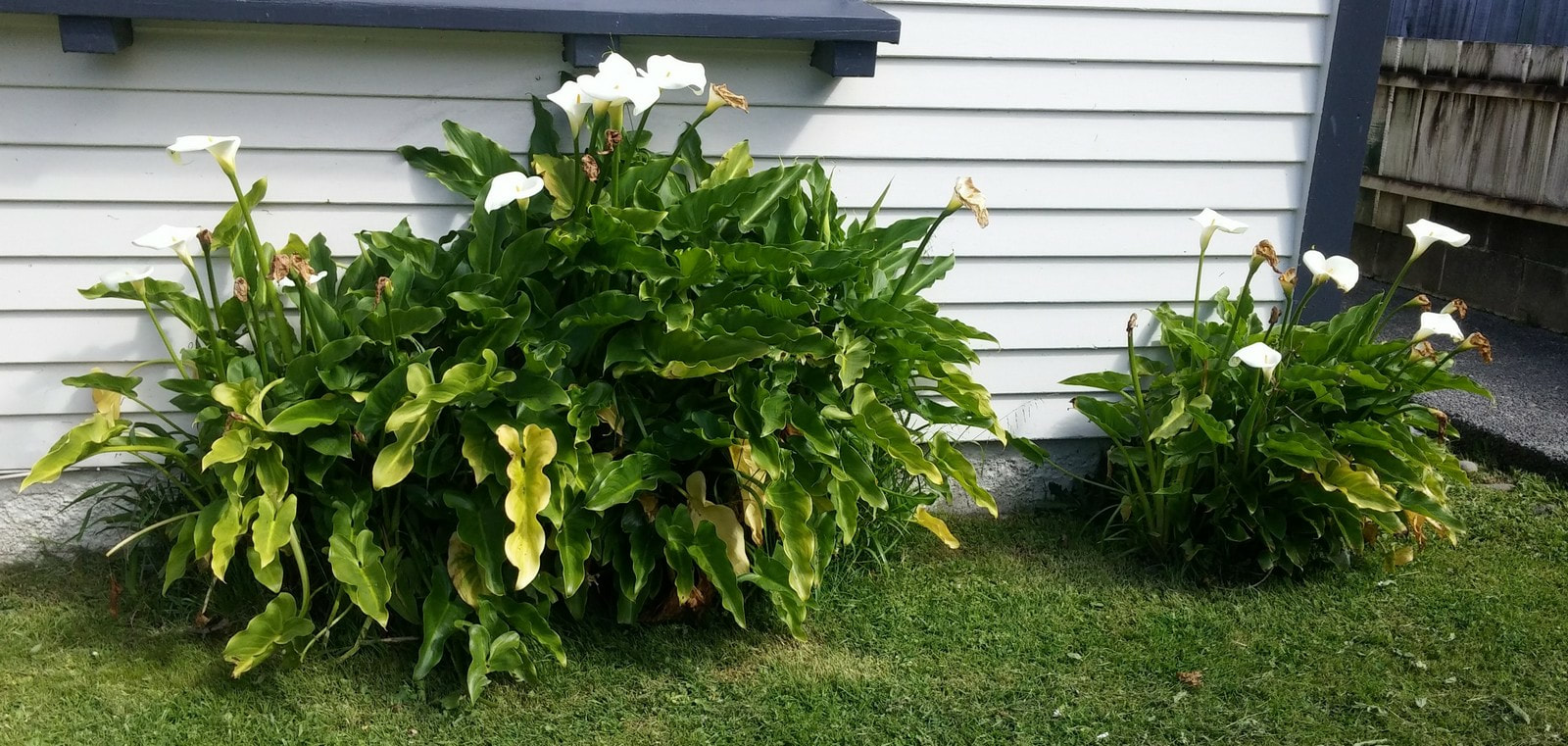
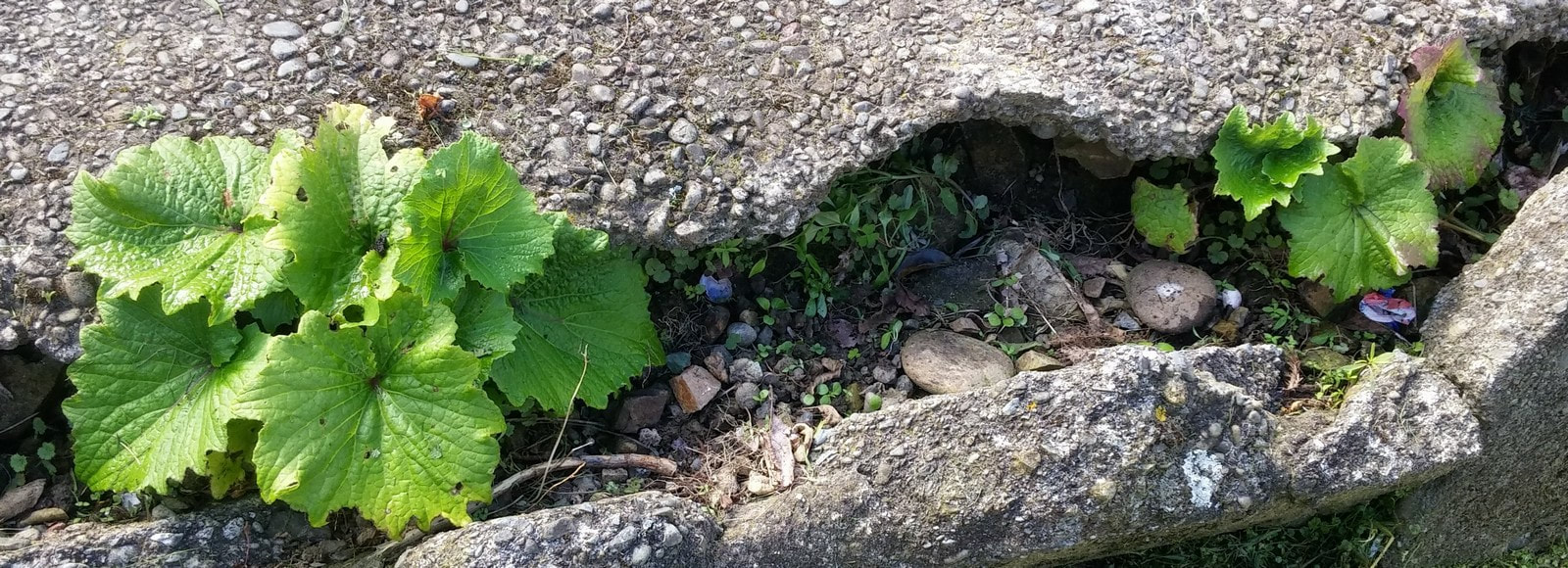
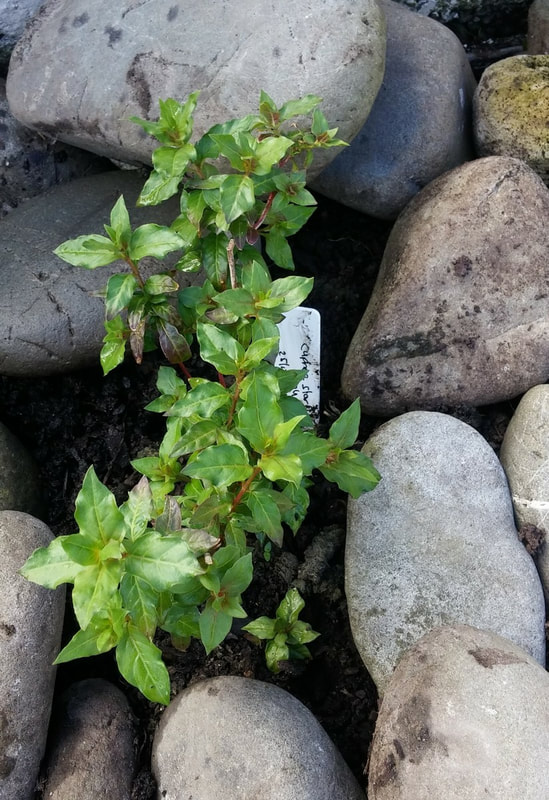
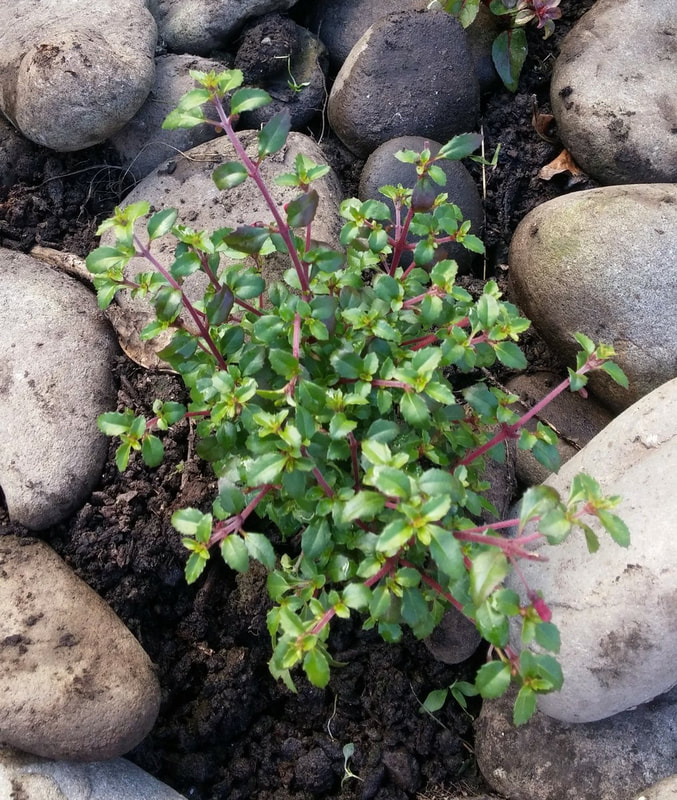
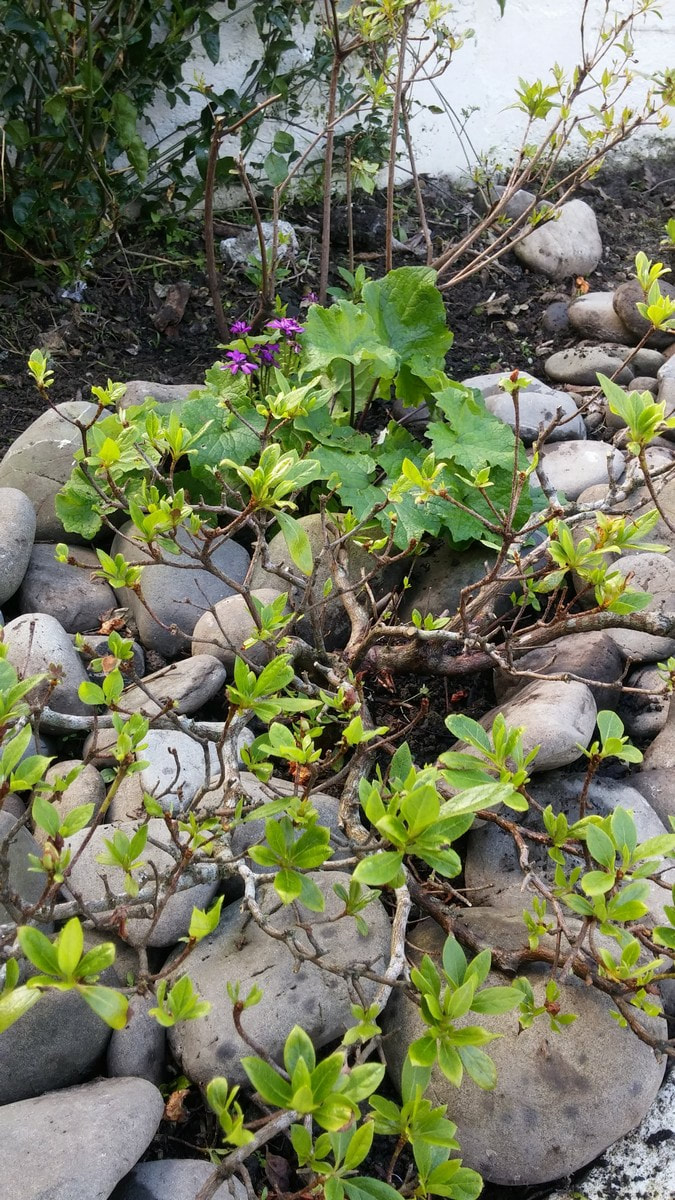
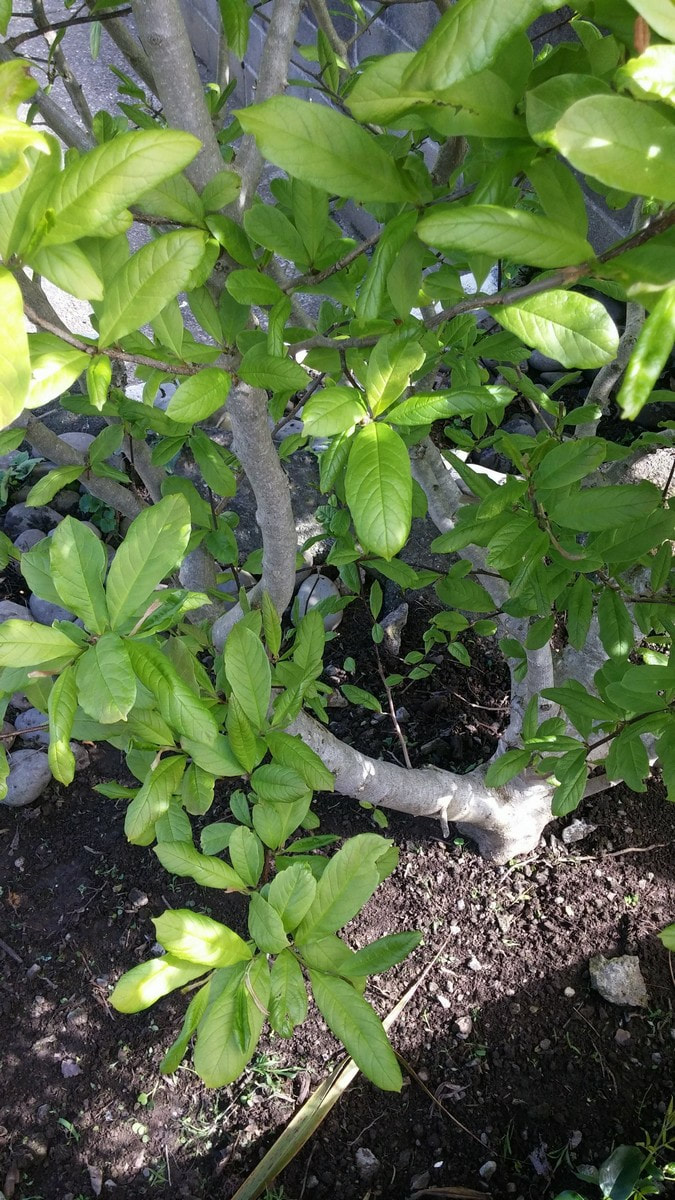
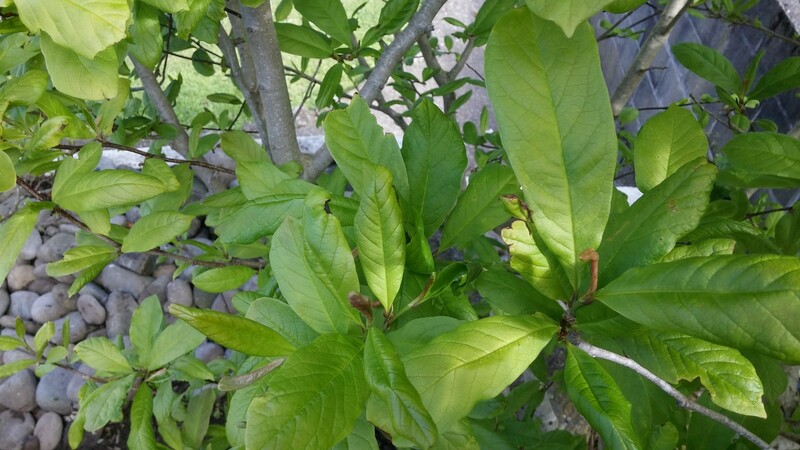
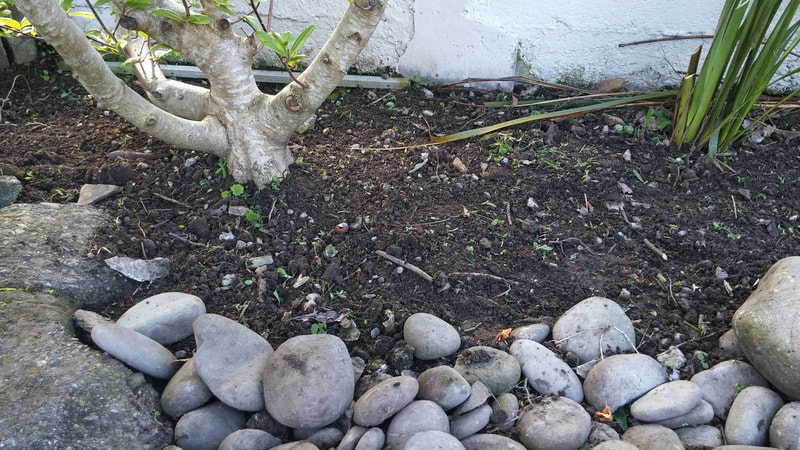
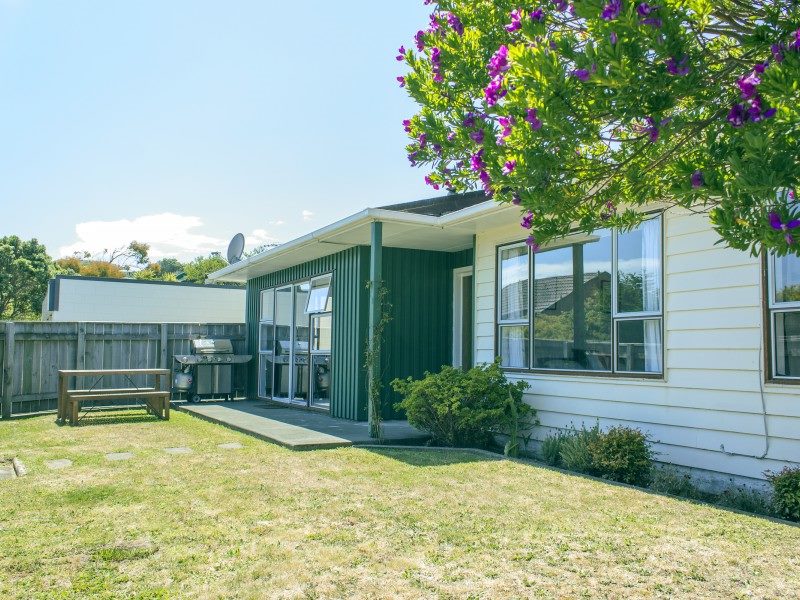
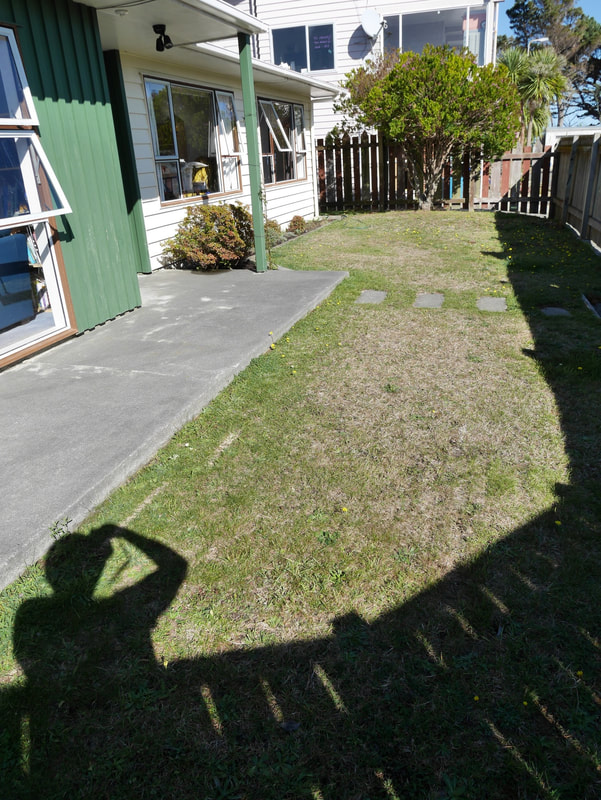
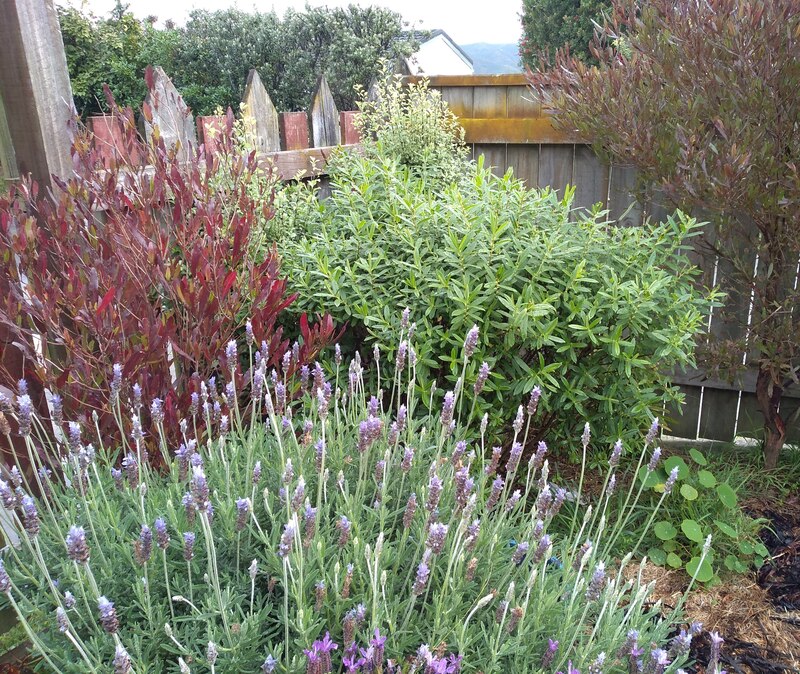

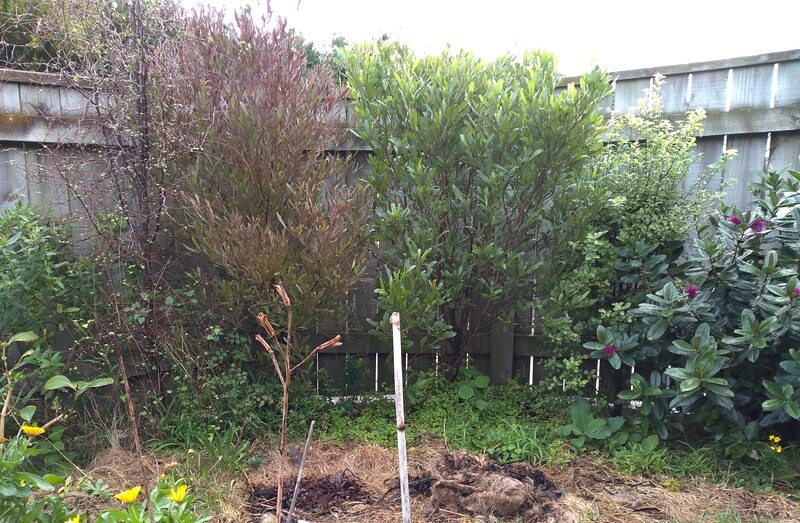
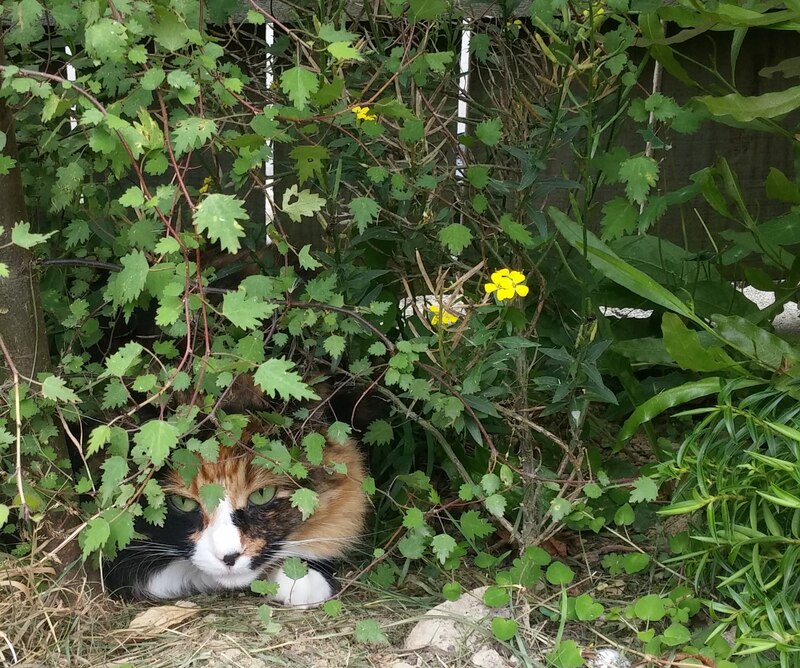









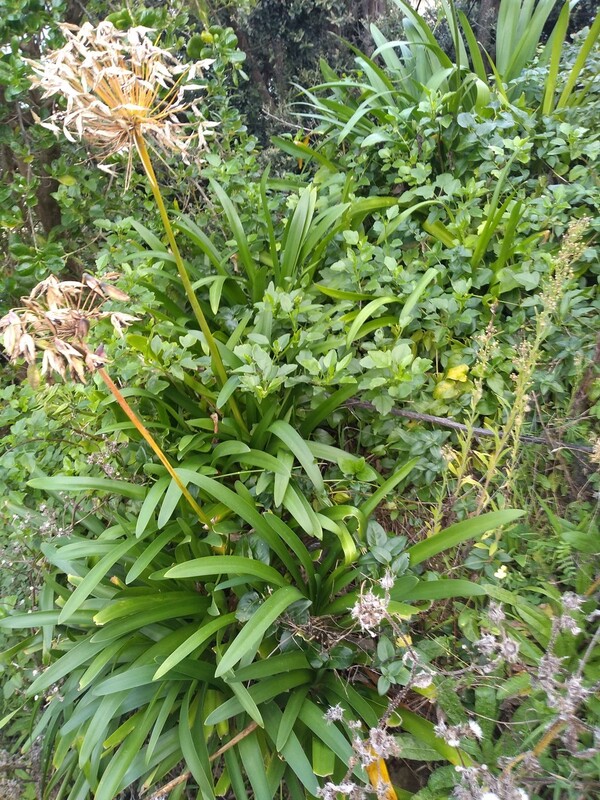
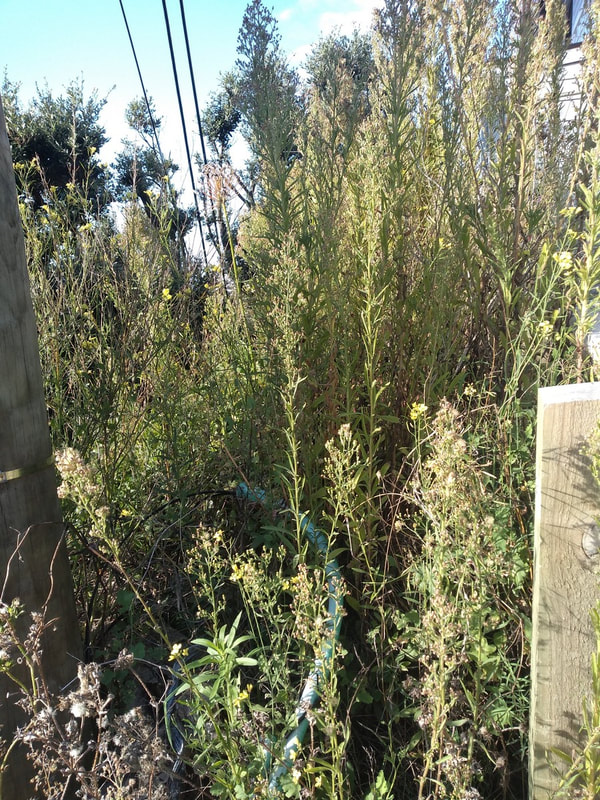
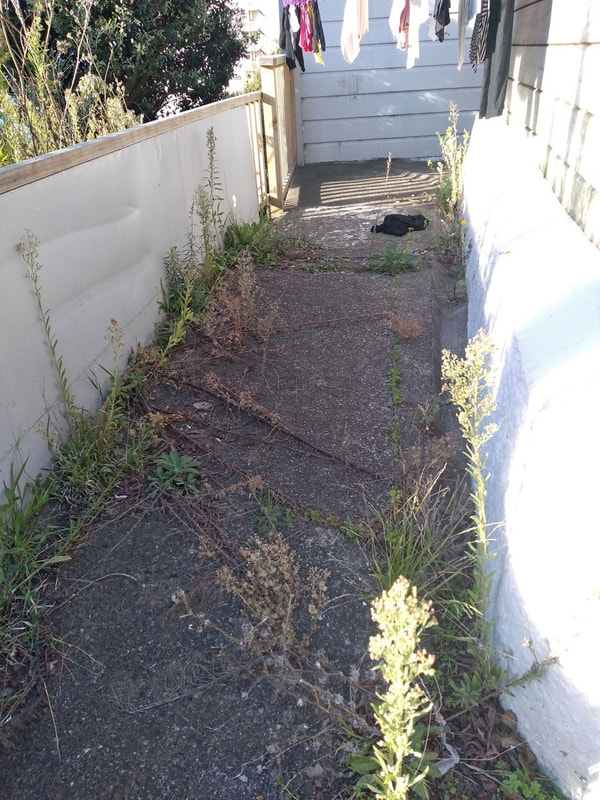
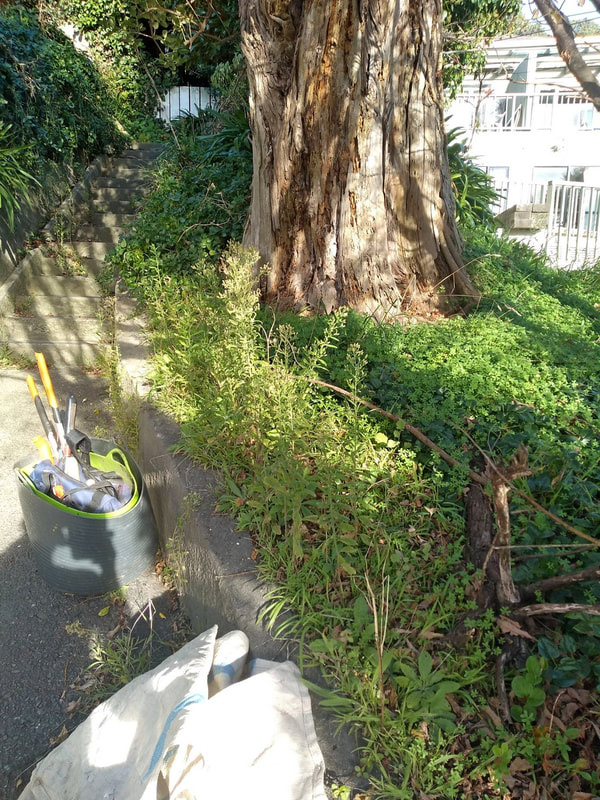
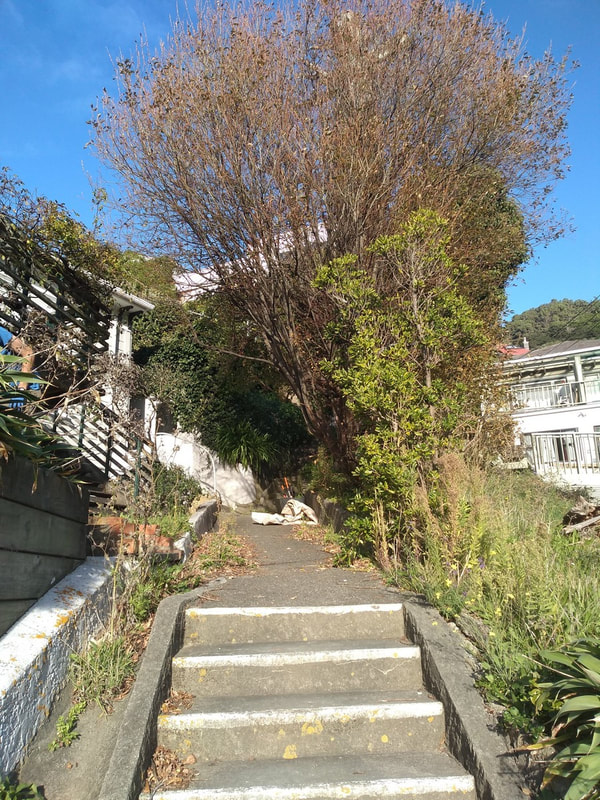

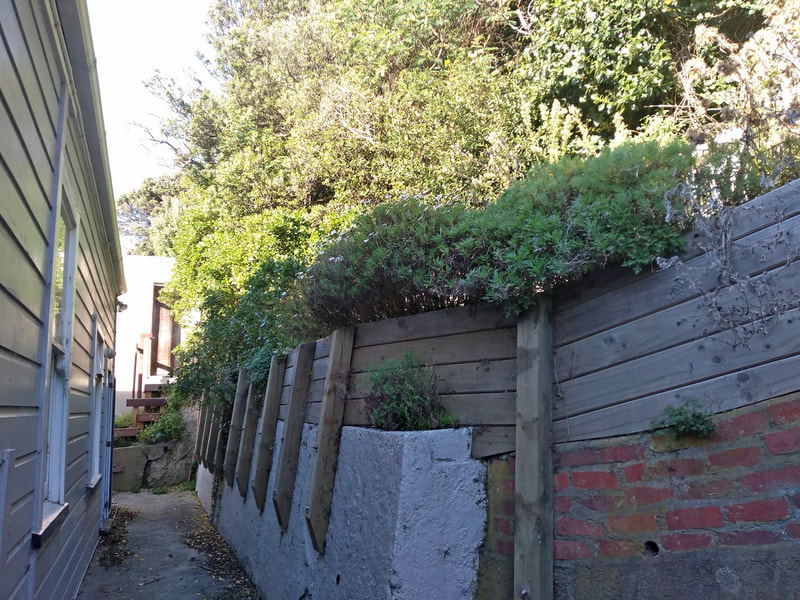
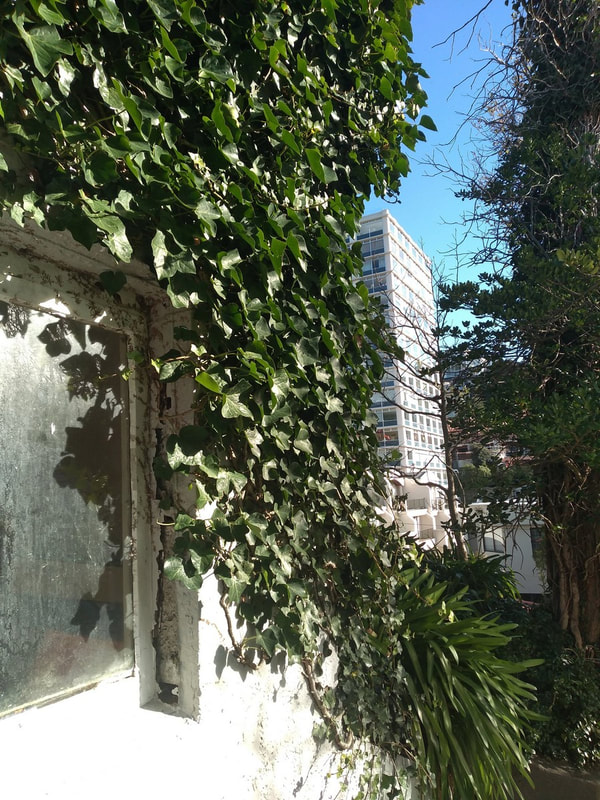


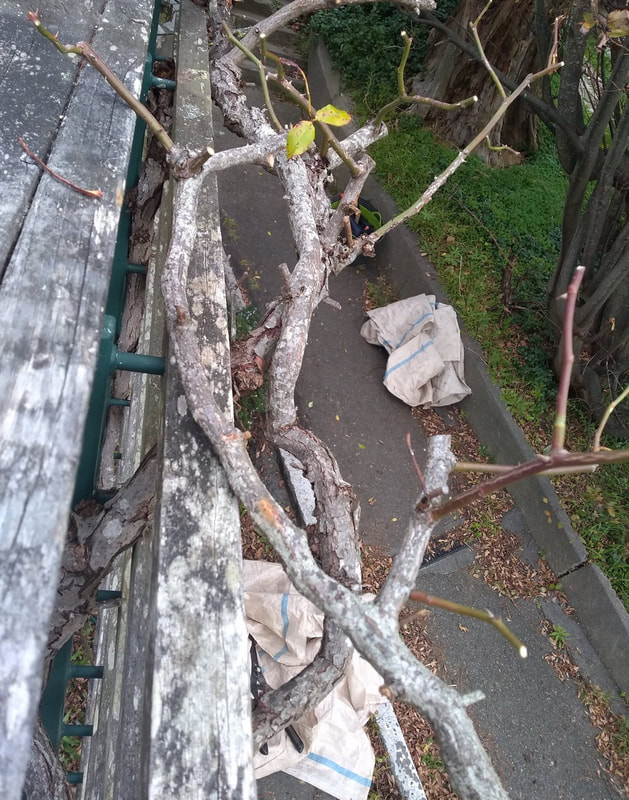
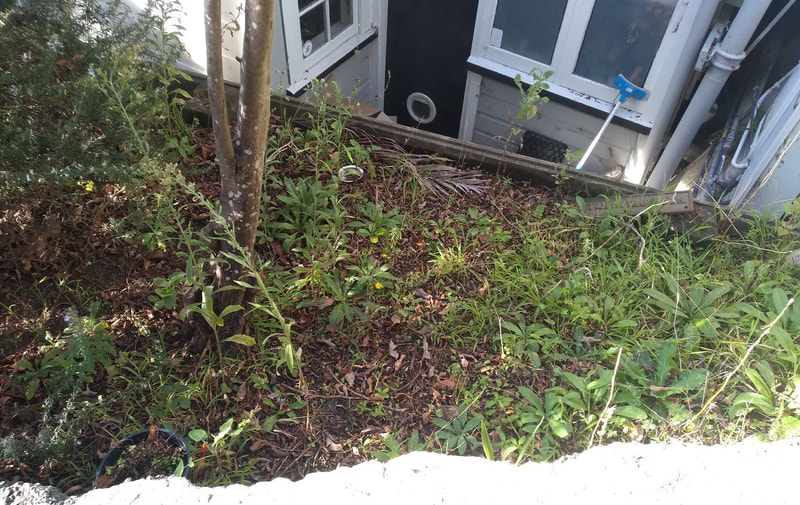
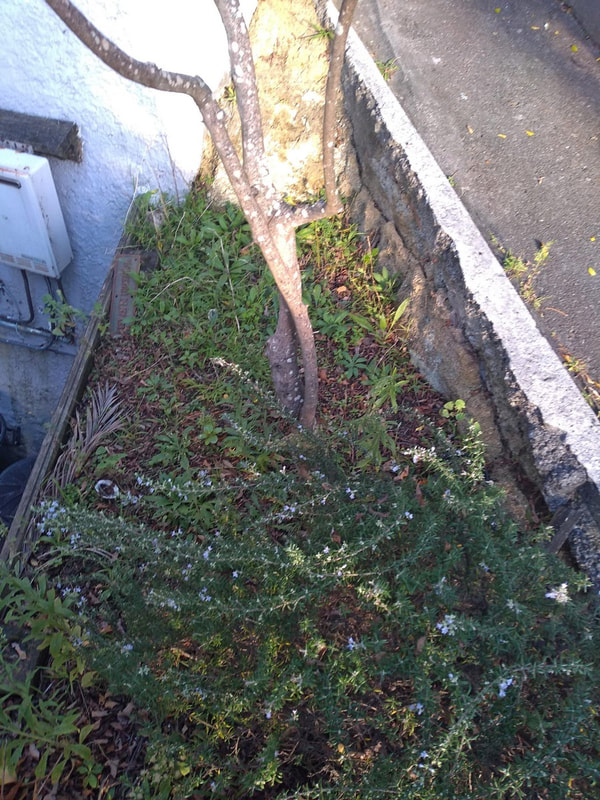
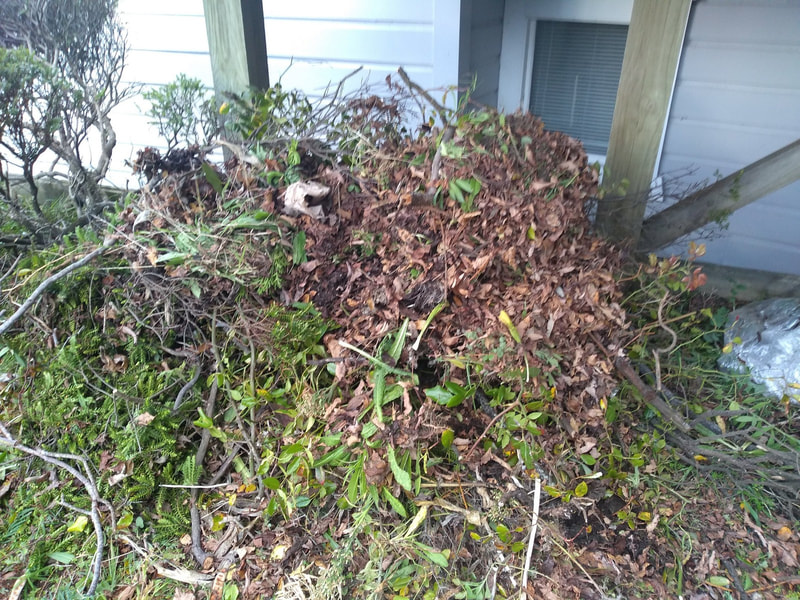
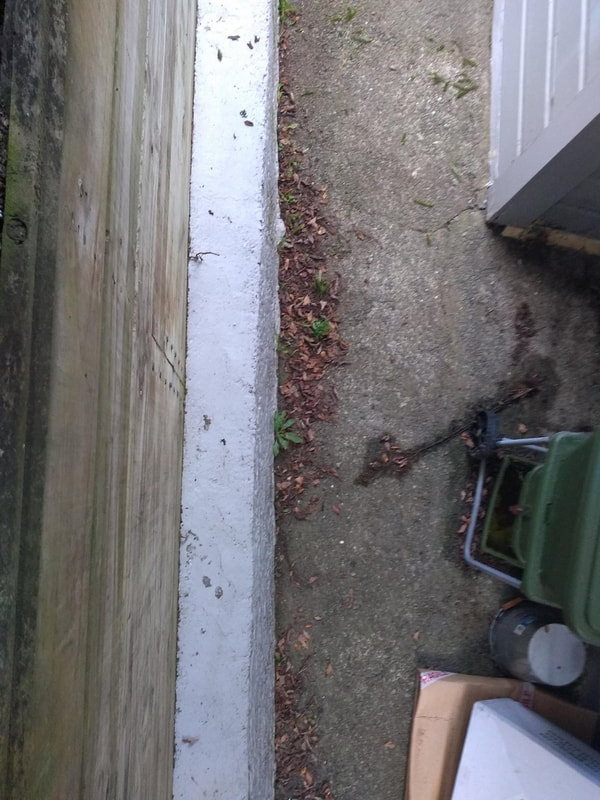
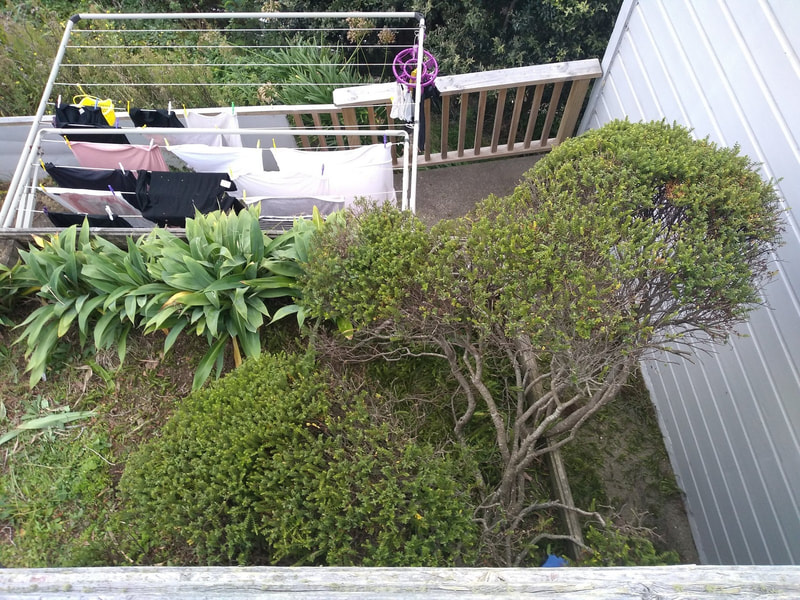

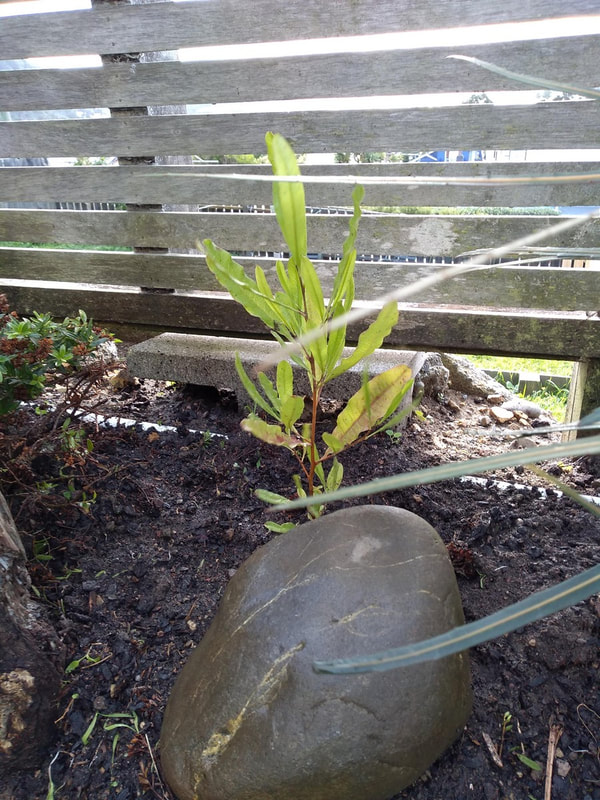
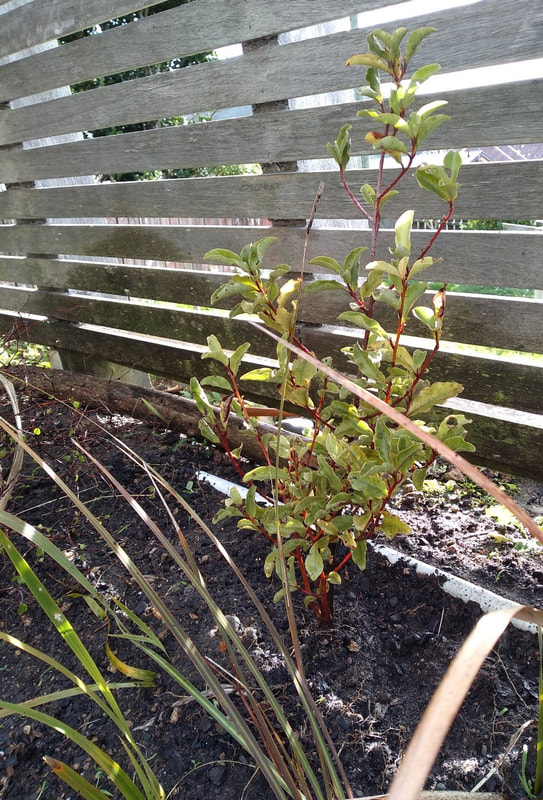
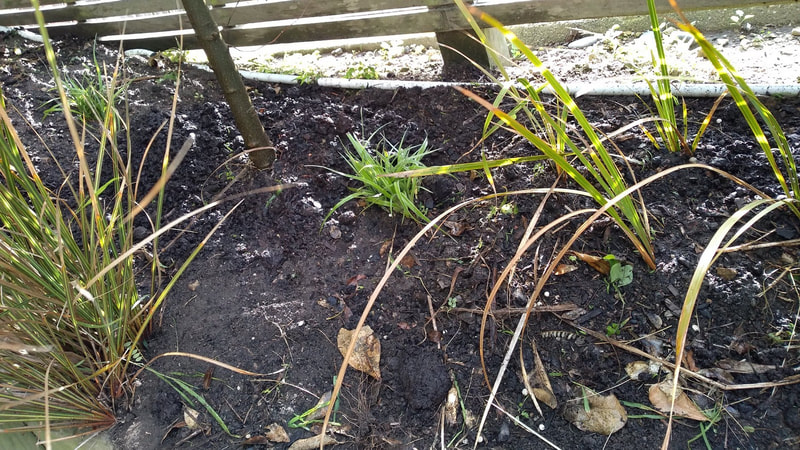
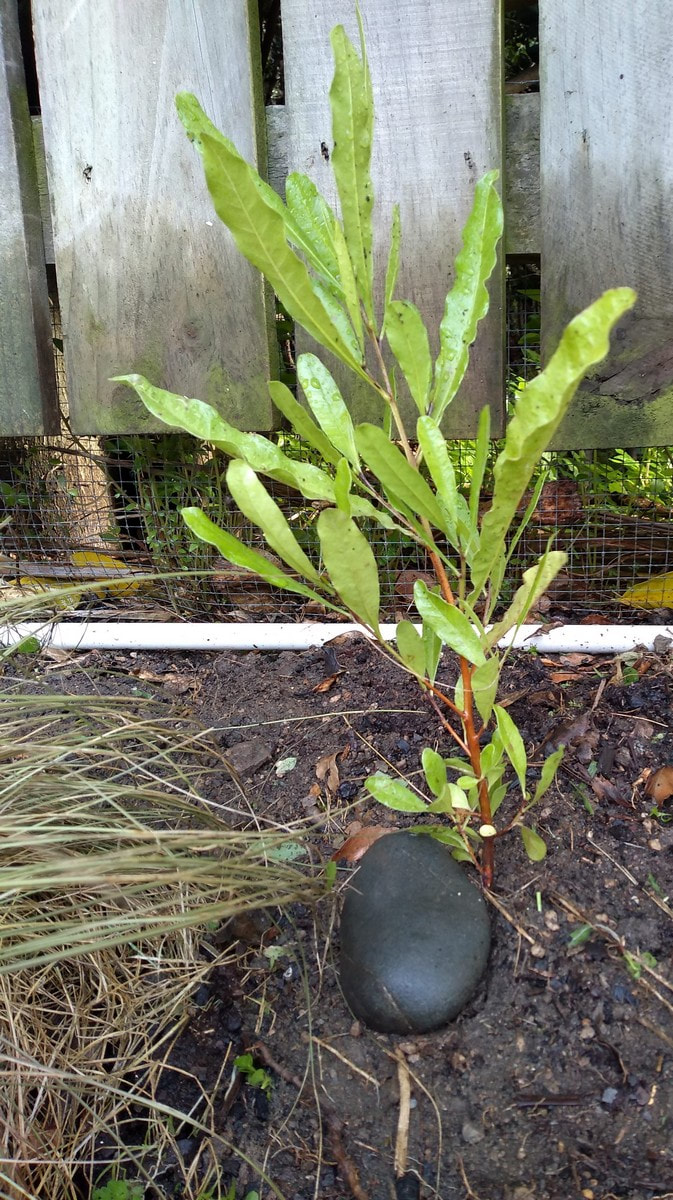
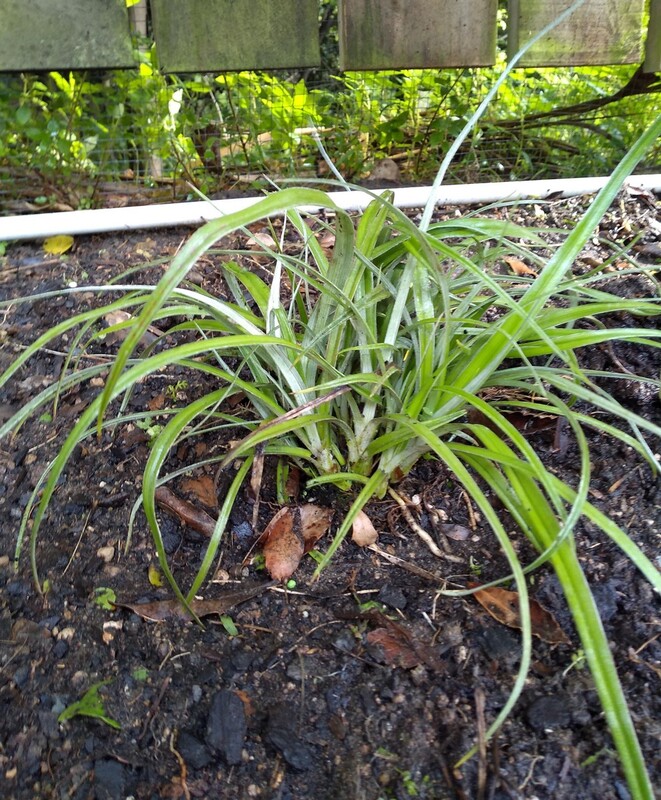

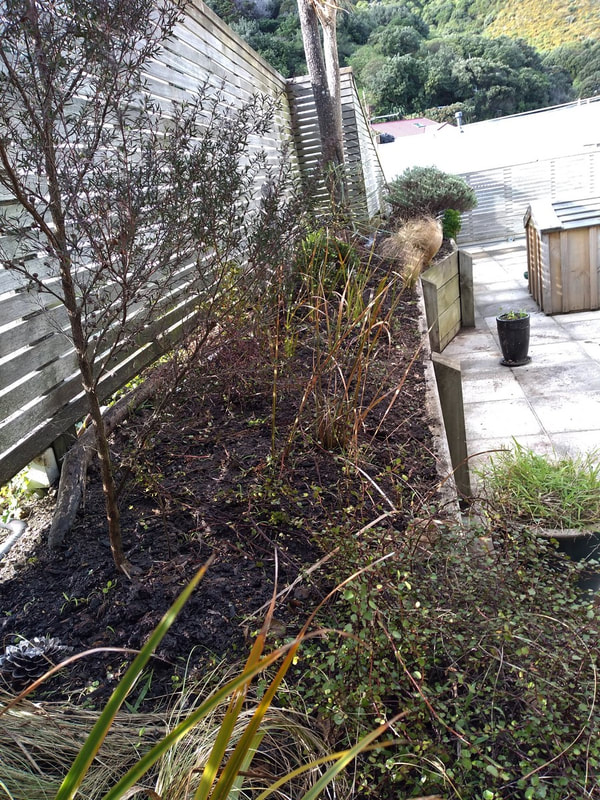
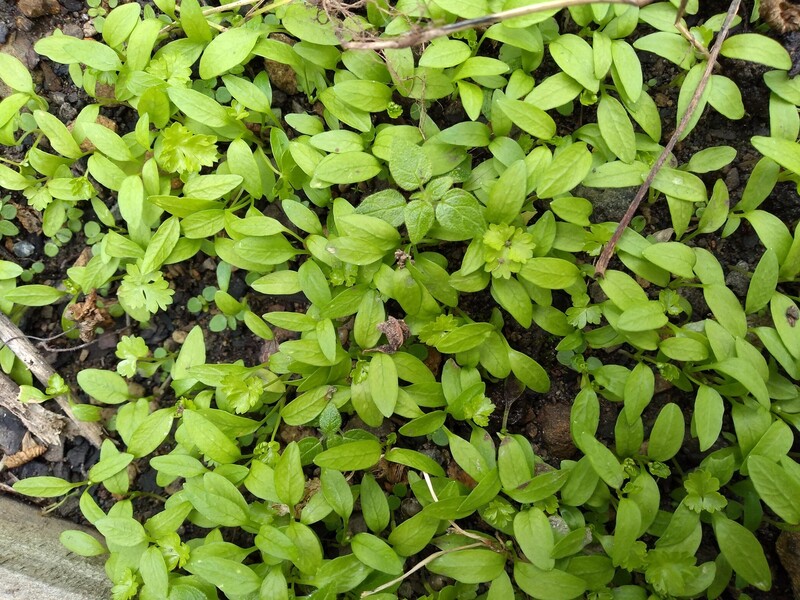
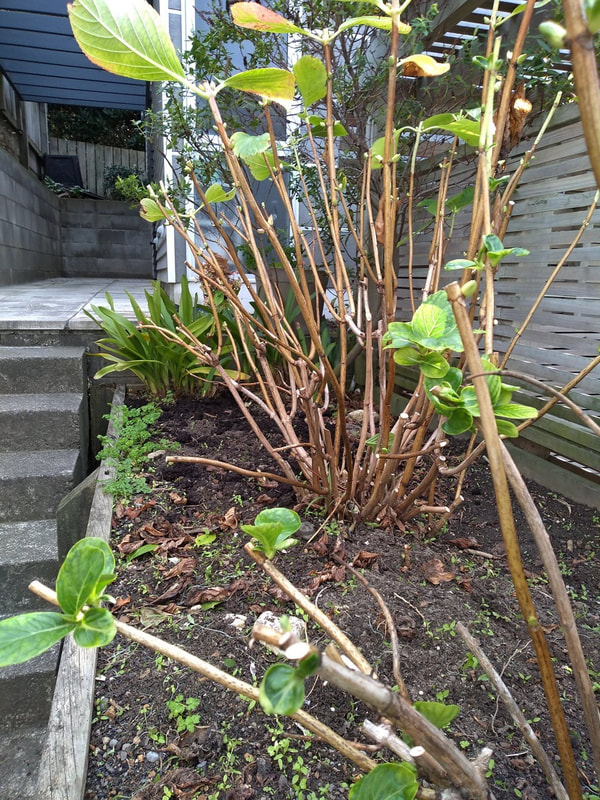
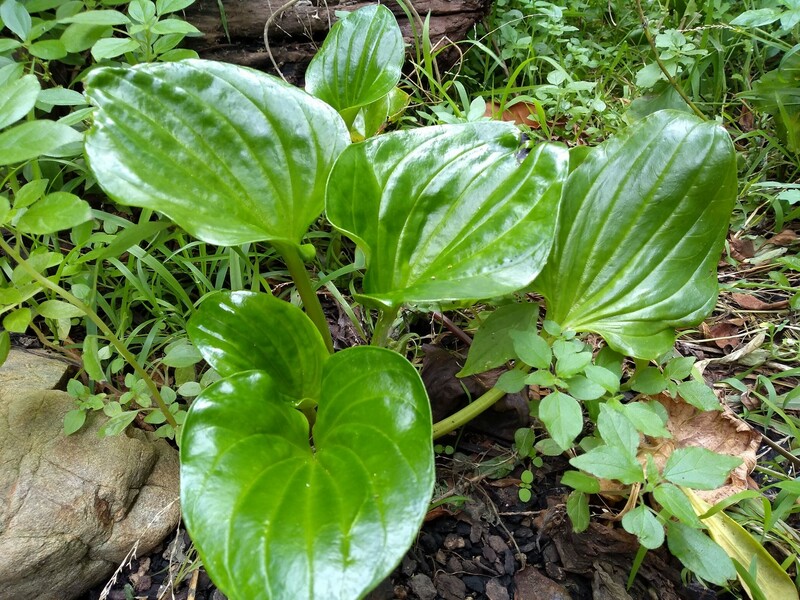

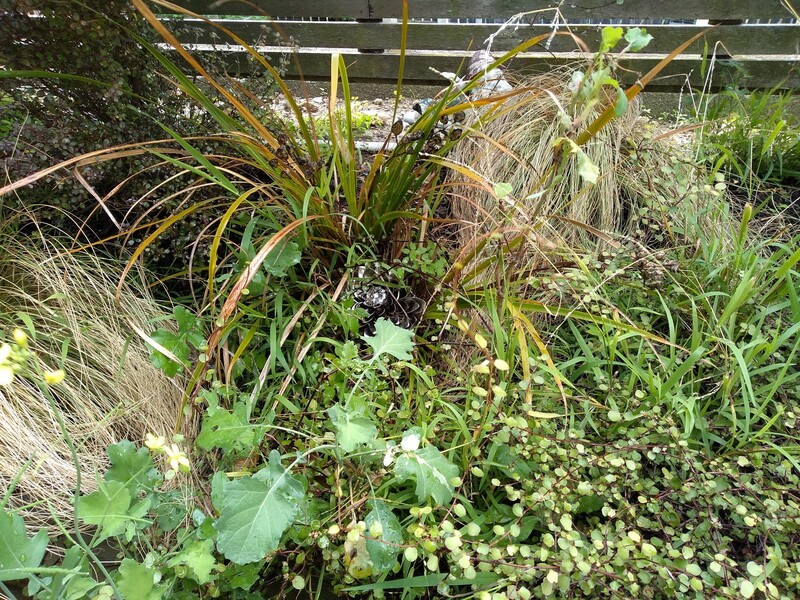

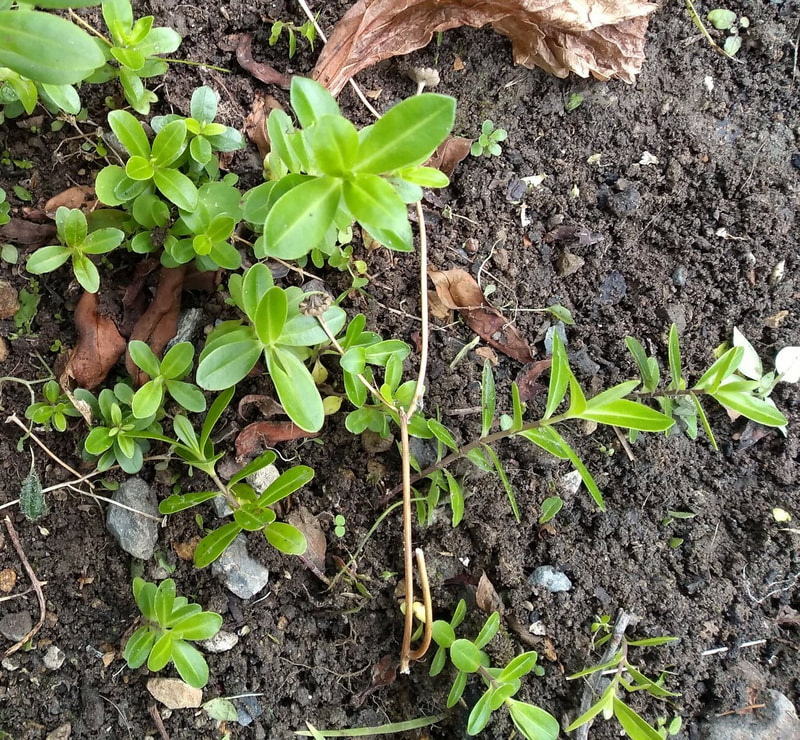



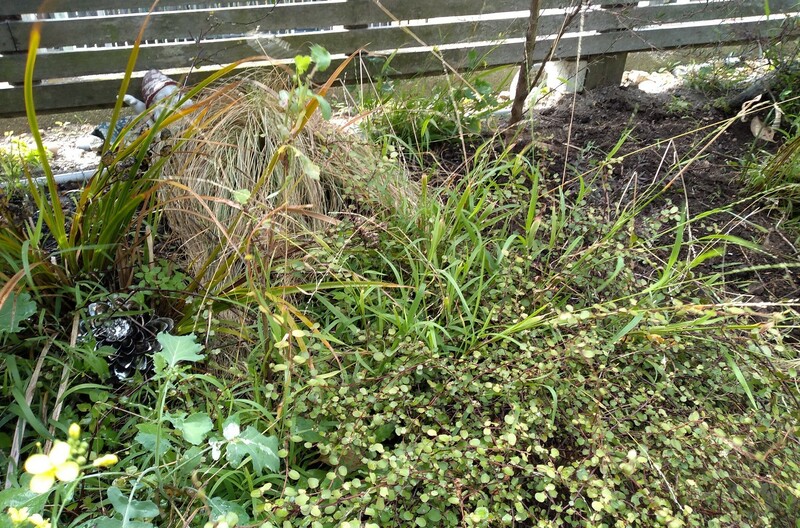
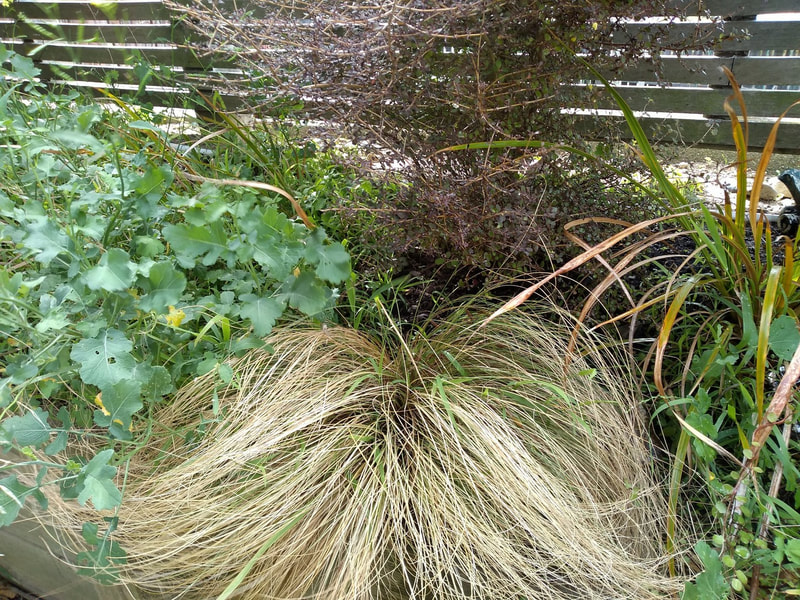
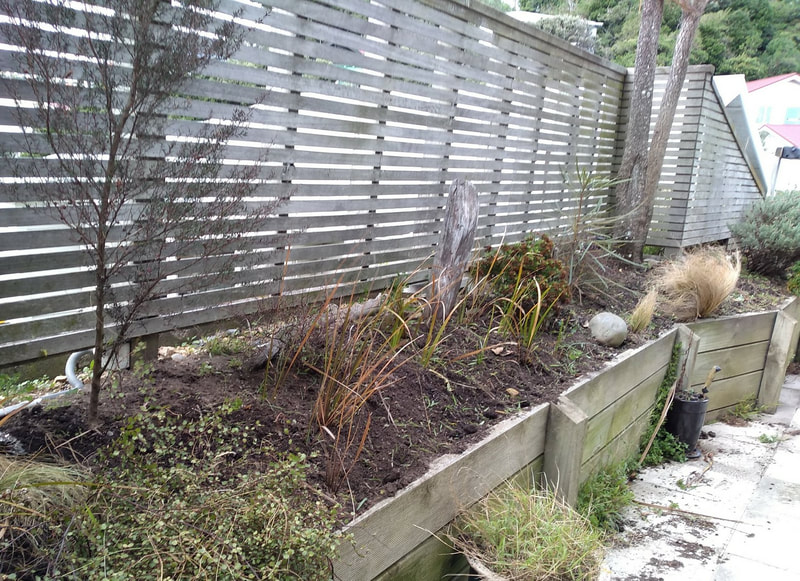
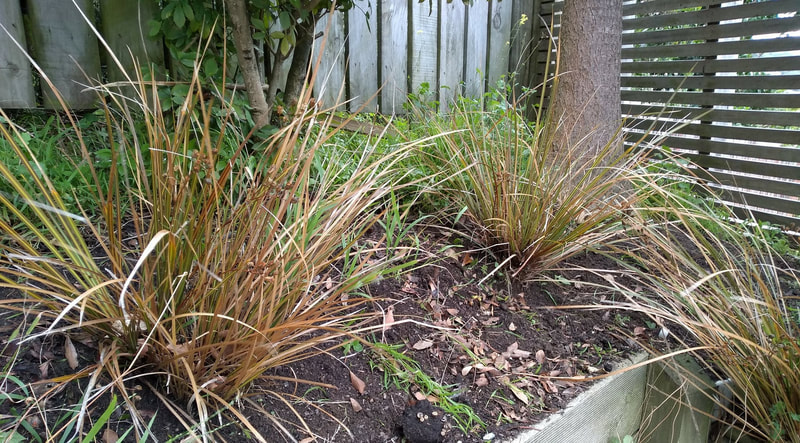



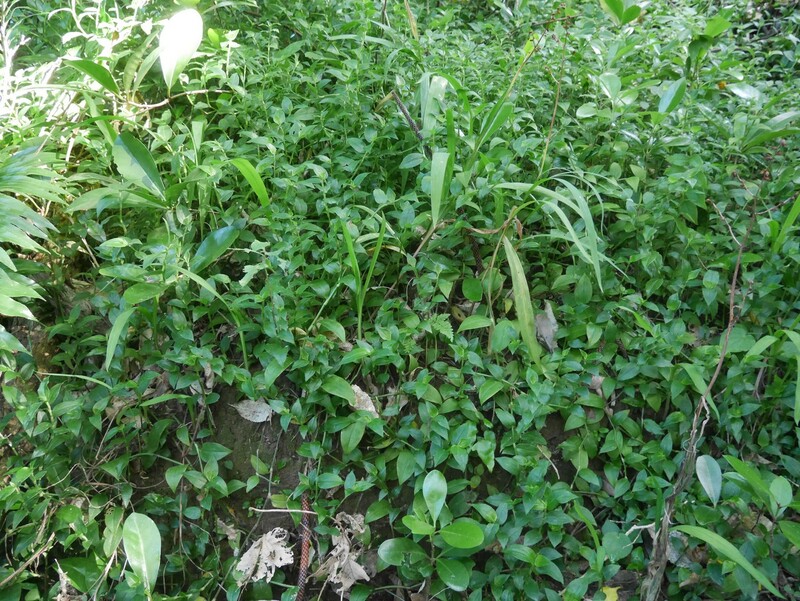

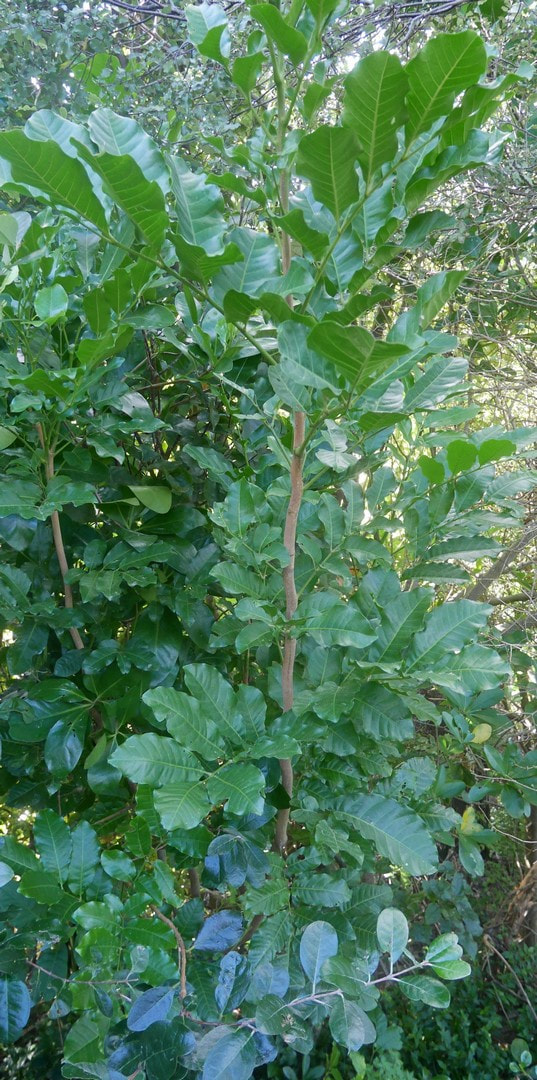
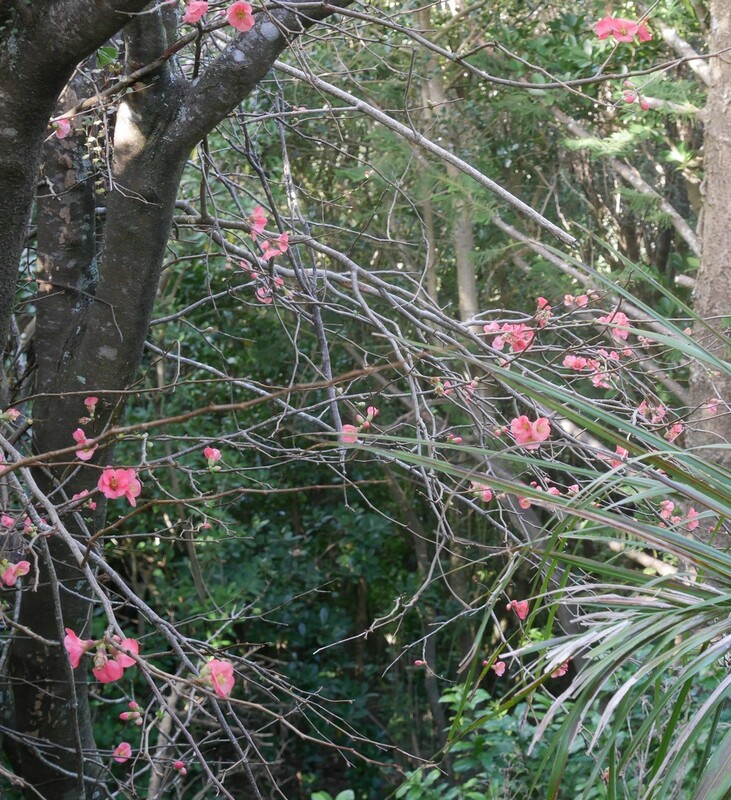
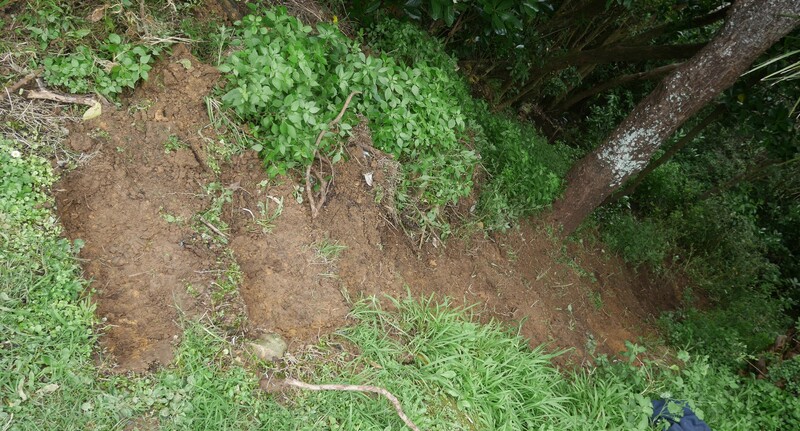


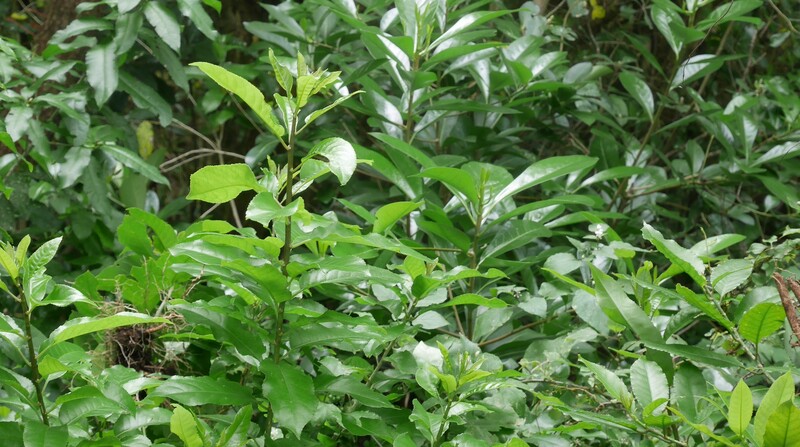
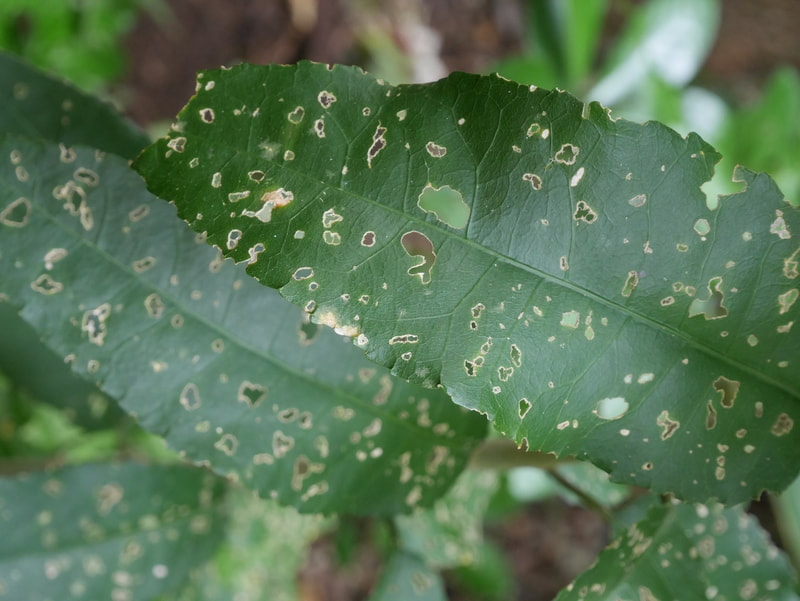
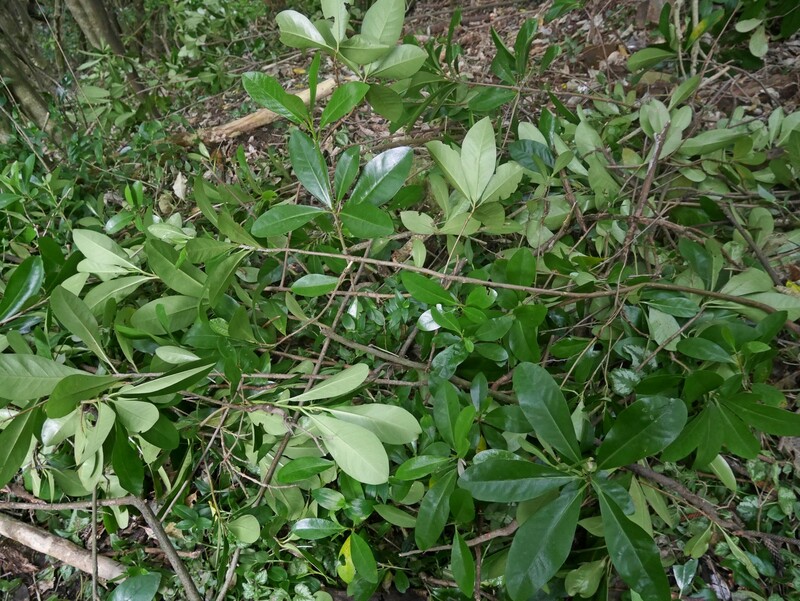
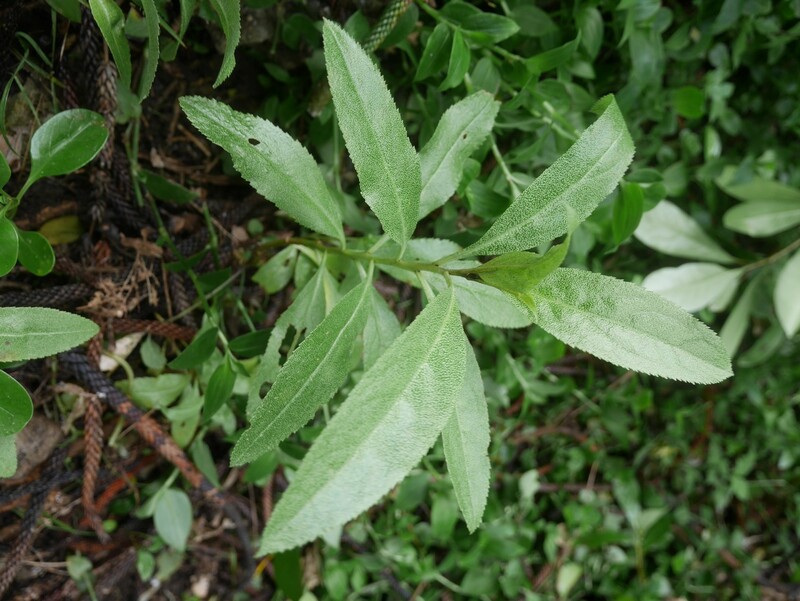

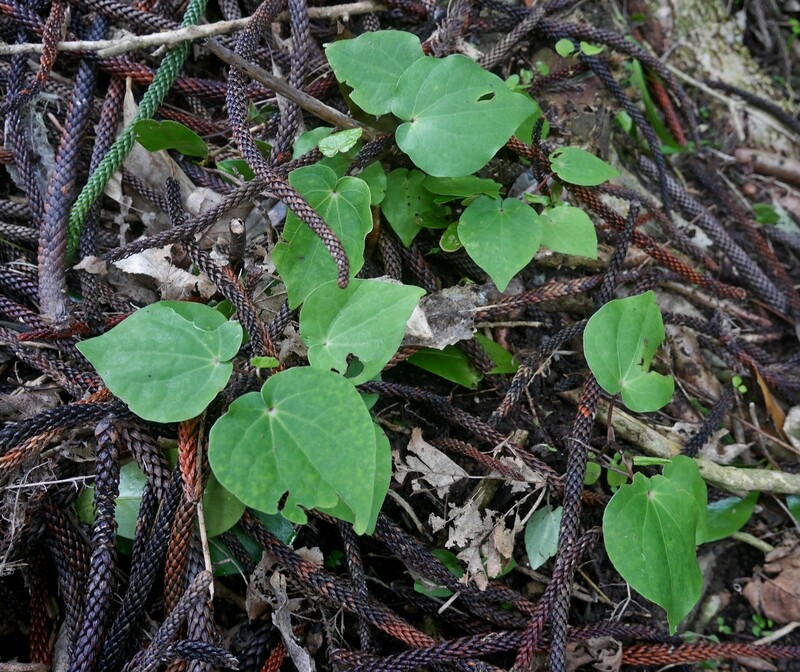

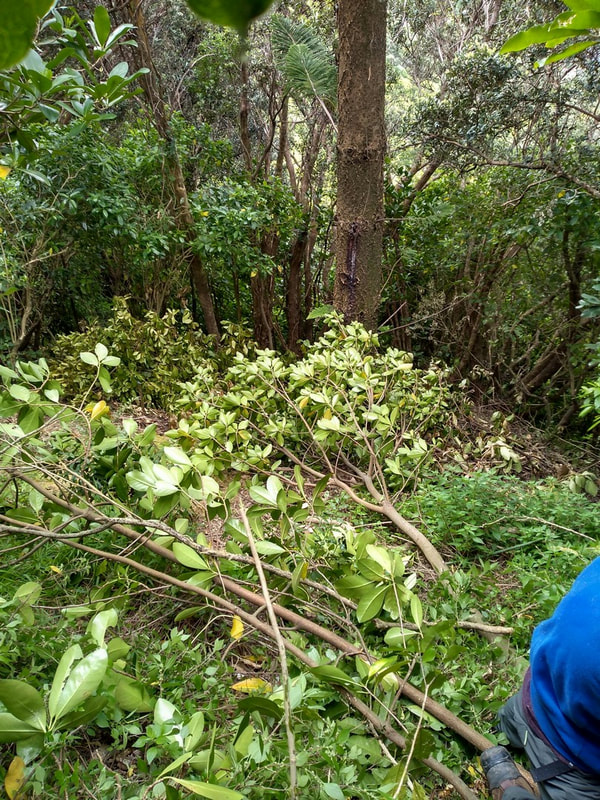

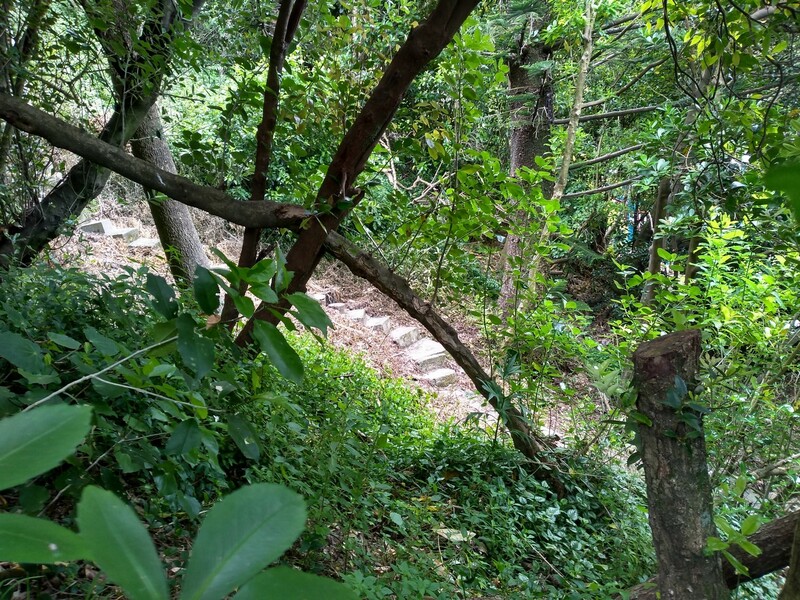
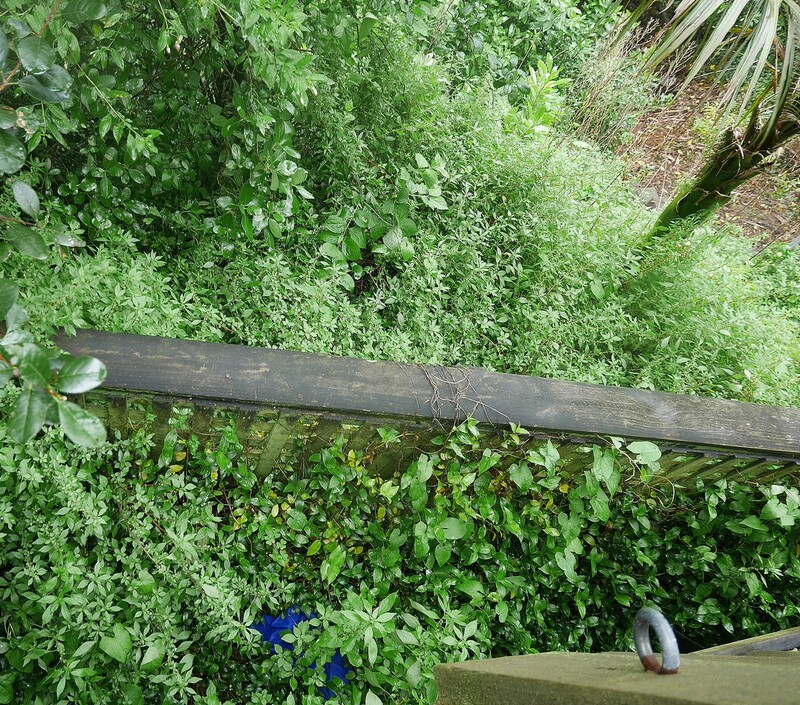

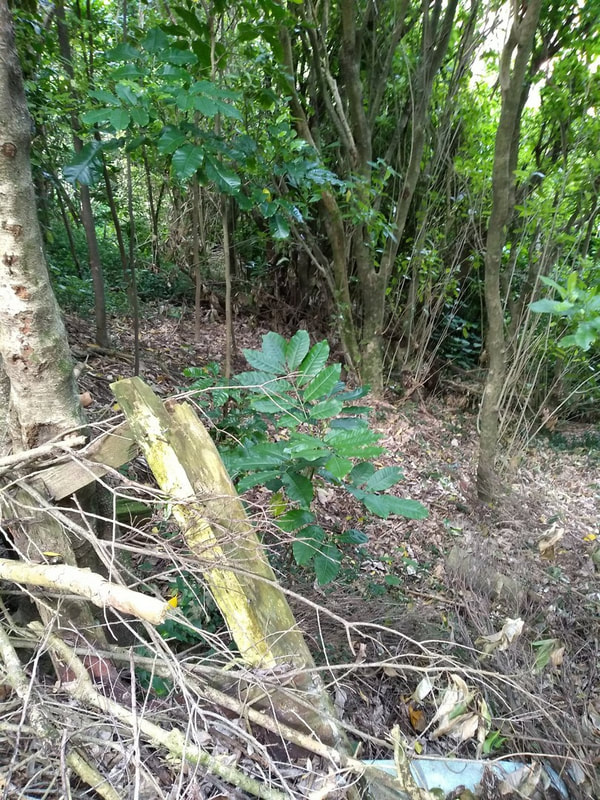


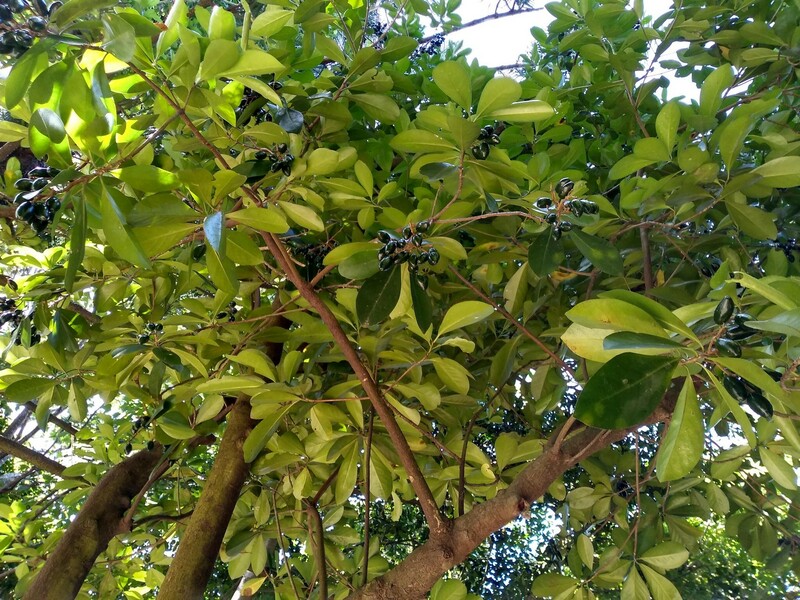
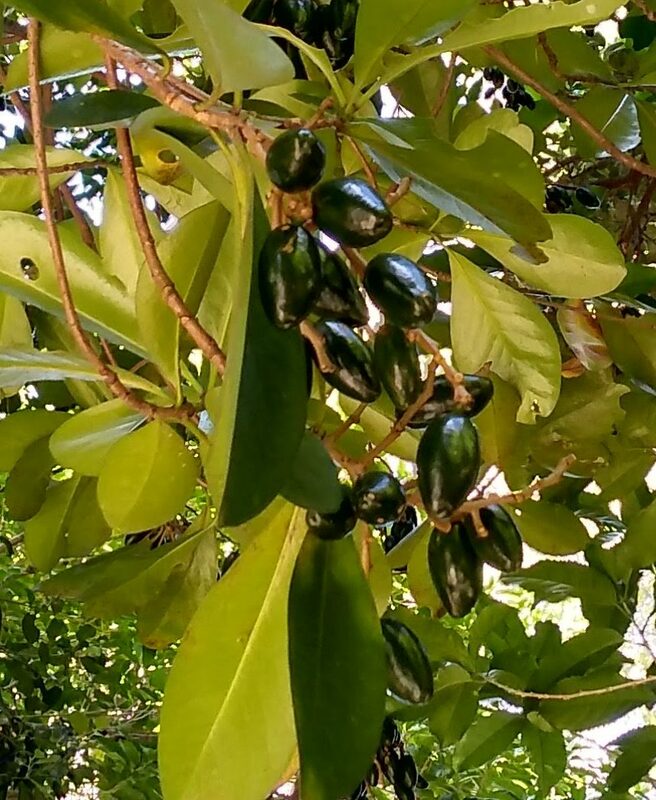
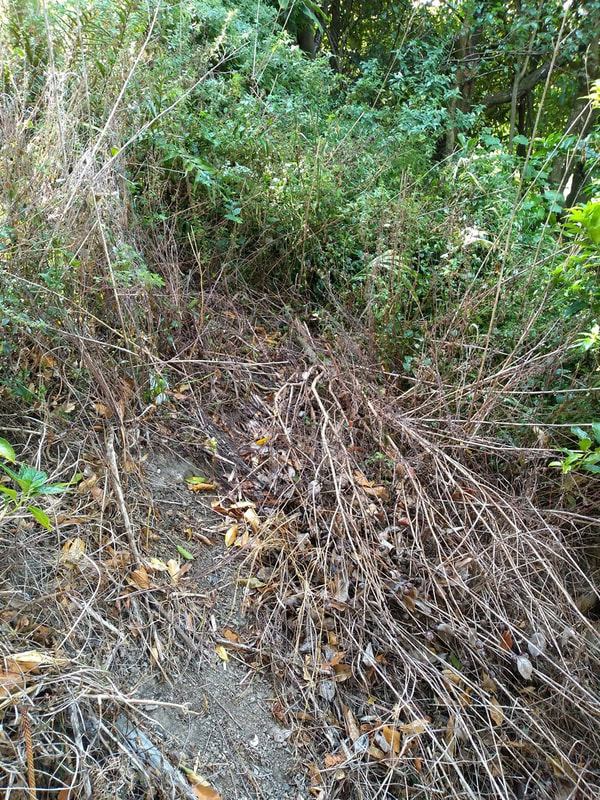



















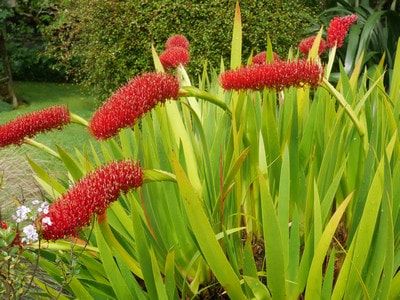










 RSS Feed
RSS Feed